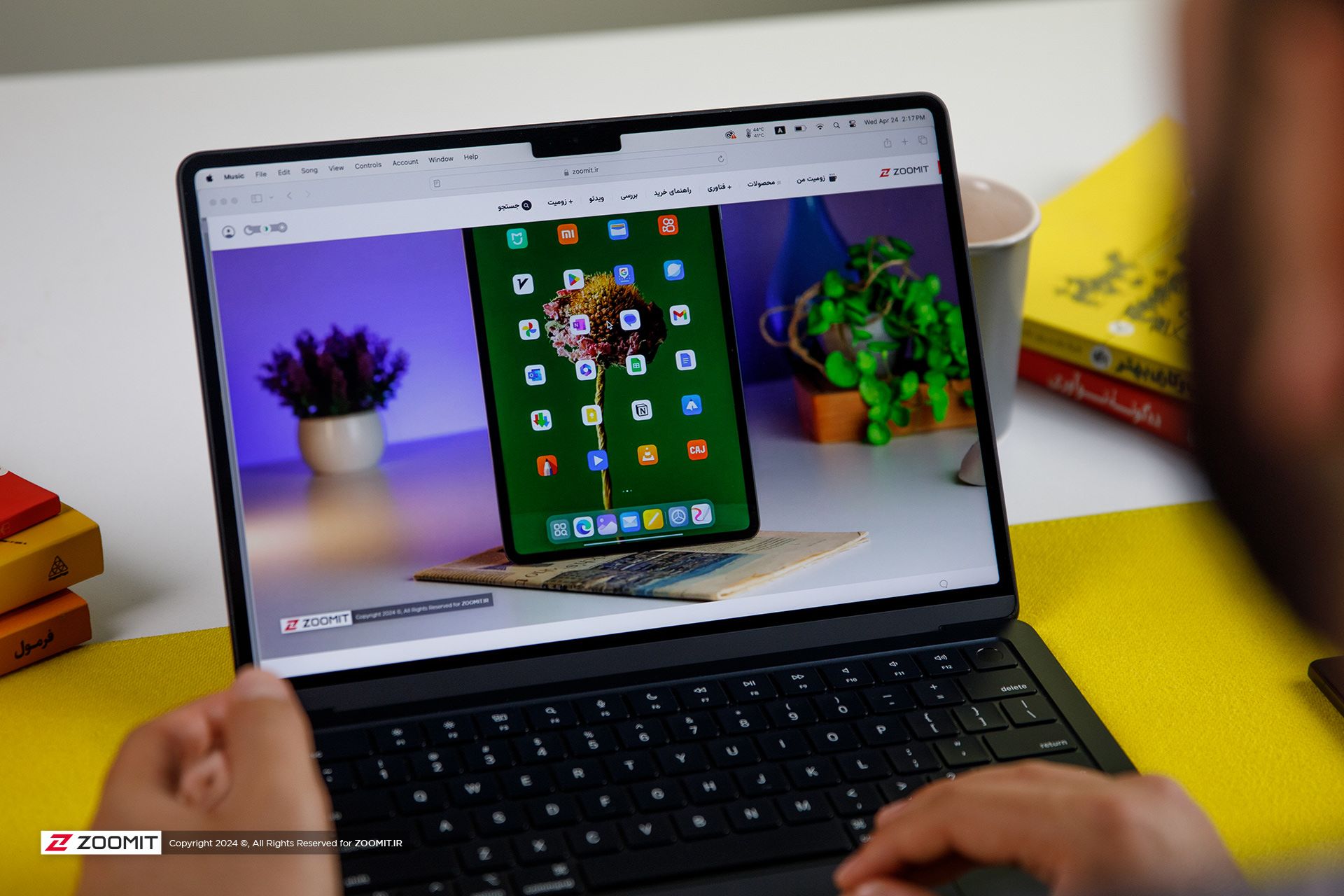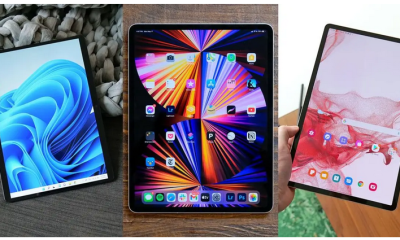If you want one of the best wireless gaming headsets you can buy today, look no further than the SteelSeries Arctis Nova 7. Sound quality in games is excellent, though it doesn’t break new ground here. ; We were impressed with the fairly tight audio separation and clarity between voices, background music and other sound effects.
Intuitive controls and a comfortable elastic headband are all points in the SteelSeries Arctis Nova 7’s favor. But the main factor is its wide compatibility and connectivity. The USB-C wireless dongle means the headset can connect to PS4, PS5, Xbox One, Xbox Series X/S, PC, Nintendo Switch and Android devices. There’s also Bluetooth connectivity thrown in for good measure.
The SteelSeries Arctis Nova 7x works with Xbox consoles, and it’s important to note that this is a great wireless gaming headset worth your attention.
Price on Amazon: $82.26
2. SteelSeries Arctis 1 Wireless
This wireless gaming headset is another SteelSeries headset worth buying. That’s because the SteelSeries Arctis 1 Wireless offers good sound quality for gaming and music, and it’s also compatible with a wide range of gaming platforms (note that if you plan to use the SteelSeries Arctis 1 Wireless for Xbox (You will need it . The headset will not work with the Microfot game console, and for iOS users the headset will not work). Its wireless connection is also strong.
There’s nothing flashy about the design of the SteelSeries Arctis 1 Wireless, but many may like a functional headset that has earcups that can be folded flat to aid in storage and transport. The lack of an elastic headband may also disappoint some gamers, but at under $100, there’s not much to say about the SteelSeries Arctis 1 Wireless.
Price on Amazon: $52.72
3. Astro A20 Gen 2 gaming headset


Next up for the best wireless gaming headsets, Astro has been making great audio peripherals for over 10 years, and the Astro A20 Gen 2 Gaming Headset is another one from the company. As one of the best wireless gaming headsets out there, the latest Astro A20 model offers easy connection to PS5 or Xbox Series X depending on which model you buy. However, the A20 has another trick up its sleeve in the form of an optional adapter. By attaching a simple dongle, you can make the A20 compatible with both Sony and Microsoft consoles – a rare feat among console-centric gaming gear.
Apart from that, the A20 offers a comfortable fit and great sound. Just note that while the mic is flexible, it’s not detachable, so it’s not the best choice for listening on the go. Switching between PC, PlayStation, and Xbox isn’t as seamless as it could be, either.
Price on Amazon: $58.90
The best wireless bluetooth headsets
4. Razer Kaira Pro


If you’re willing to spend more than $100, the Razer Kaira Pro is the next best wireless gaming headset, probably the best Xbox Series X/S headset you can get. In addition to a comfortable fit and good sound quality, the Kaira Pro offers something rare among wireless gaming headsets: Bluetooth connectivity. This means you can connect Kaira Pro to your Xbox console just as easily as you can to your PC or mobile device. (And unlike wireless USB-C solutions, the Kaira Pro also works with iOS.)
Furthermore, the Kaira Pro is a great device that combines a restrained chassis with a tasteful black and green color scheme. The pairing process is very simple, and the microphone performs well both for heated multiplayer matches and for everyday conversations with friends and family. What’s even more impressive is that the Kaira Pro came out pretty much alongside the latest Xbox consoles, meaning they had a great wireless headset right from the start.
Price on Amazon: $87.44
The best wireless gaming headset for PS5
For an official headset for the PS5, the Sony Pulse 3D Wireless is great value at a reasonable $99 / £89. It doesn’t skimp on sound quality, though, especially since it offers access to Sony’s Tempest 3D audio engine, which makes the best PS5 games sound louder than ever.
Next up in our best wireless gaming headsets, the Pulse 3D Wireless comes with a two-tone color scheme that matches well with the PS5, thanks to some handy pads on the earcups. The game is also easy.
The overall sound quality of the Pulse 3D Wireless Headset may be better for games, but it’s also good for movies and music. And the wireless dongle means that it can be connected to a PC and extend its use. Overall a great wireless headset for PS5 gamers and Sony fans.
The best wireless gaming headset for Xbox
6. Xbox wireless headset
Console manufacturers have different records in producing gaming headsets. Sometimes they cost a lot, but sometimes you get something like an Xbox Wireless Headset. This high quality headset provides seamless connectivity to Xbox consoles as well as Bluetooth connectivity to your computer, smartphone or streaming device. The Xbox Wireless Headset offers clean profiles for both game audio and music, and instead of relying on imprecise dials, there are proper visual controls built into the earcups.
Just note that the Xbox Wireless Headset, another one of the best wireless gaming headsets, is almost exclusively optimized for Xbox consoles. Every time you launch it, your Xbox also launches, which is inconvenient for productivity apps. Additionally, you can’t adjust the headset once it’s on, meaning getting the right fit involves trial and error. Still, two types of wireless connectivity plus strong sound quality is a good deal, especially for under $100.
Price on Amazon: $72.71
Other wireless gaming headsets
7. Logitech G Pro X Wireless


As with any technology, when it comes to the best wireless gaming headsets, if you’re going to see great performance from these headsets, you’ll have to pay a high price. That’s true whether it’s older models like the Corsair Virtuoso RGB Wireless SE or this, the Logitech G Pro X Wireless: a PC-optimized headset that offers enough performance for competitive gaming. Although the earcups can be a bit stiff and cling too much to the phone, that’s the only major criticism I can level against this headset, which offers strong and subtle sound profiles and a clear microphone.
The phones are made of velvet. The controls are intuitive. The chassis is durable Using the Logitech G Hub software, you can customize your audio profiles or use a variety of useful presets for games, movies and music. You can even run your microphone settings through the blue audio filter, giving you flawless sound across multiple frequencies. The headset is also compatible with PS5 and Switch (in docked mode), but not with mobile phones.
8. Logitech G733


Gaming settings are expensive, and as such, gamers should expect them to look good. If color matching is a concern, consider the Logitech G733, which is the next best wireless gaming headset, as one of the best wireless gaming headsets for your purposes. This stylish and simple headset is available in four different colors: black, white, blue and purple. It also doesn’t look like a traditional gaming headset, opting for rounded rectangular ear cups instead of oval ones. There are also some programmable LED strips on each earring to make the accessories more colorful.
The G733 certainly prioritizes lightness. Both music and games sound great, and the battery lasts for a long time – about 30 hours, if you turn off the lights. However, the fit isn’t perfect, and the microphone doesn’t get close enough to your mouth to provide subtle sound quality. Also, if you wear glasses, be sure to disable the lights, otherwise it will distract you from the game.
9. Turtle Beach Elite Atlas Aero


The Turtle Beach Elite Atlas Aero, the next best wireless gaming headset, has been on the market for almost three years. The success of this headset is not surprising given its comfortable fit, extensive software options and excellent sound quality. Especially if you’re gaming on a PC, the Elite Atlas Aero boasts the best gaming audio in its price range. You can also connect the headset to PS5 or Switch.
The only real downside to the Elite Atlas Aero is that the earcup controls get a little crowded, with too many dials and buttons in relatively little space. But once you learn your way around the interface, you can expect simple connectivity, long battery life, and very generous cushioning for both your ears and the top of your head. If this model doesn’t fit your needs or price range, there are other variants of the Elite Atlas, such as the wired Elite Atlas Pro.
10. HyperX Cloud Flight S


If you want to future-proof your audio equipment, consider the HyperX Cloud Flight S, which is the ninth best wireless gaming headset. While HyperX has a handful of good wireless gaming headsets like the Cloud II Wireless, the Cloud Flight S is arguably the best of the bunch. That’s because it has Qi charging: something we haven’t seen in many other gaming accessories, especially ones you wear. After the 30-hour battery runs out, you can simply place the left earbud on a Qi charging pad and the headset will charge without having to find a cable. This is especially useful on a device that you take off and on as much as a gaming headset every day.
Aside from that, the Cloud Flight S offers the convenience and sound quality you’d expect from a HyperX peripheral, and costs only $10 more than many of its competitors. Admittedly, the microphone isn’t great, but if you prefer single-player games anyway, that’s not a downside.
If you want a no-nonsense console headset that doubles as a mobile accessory, the Turtle Beach Stealth 700 Gen 2 is a good option. This headset comes in two variants, PS5 or Xbox Series X, and also has a Bluetooth connection for pairing with a computer and mobile. This microphone is especially useful for multiplayer games, as the microphone is transparent and easily retracts when not in use.
Admittedly, the Stealth 700 looks a bit stiff, but with good sound quality for both games and music, as well as 20 hours of battery life and some useful customization options, it’s worth a look for console enthusiasts. The Stealth 700 is hardly as fancy as a headset, but if you can get around to it, it offers all the features a good multiplayer match needs.
The best wireless gaming headset for PC


The HyperX Cloud Alpha Wireless headset, which is the ultimate choice for the best wireless gaming headsets, is the most durable headset on this list. While most gaming headsets have between 20 and 40 hours of battery life, the Cloud Alpha Wireless can go 300 hours between charges. This is not a typo. Its battery can really last for hundreds of hours. Not even the most dedicated gamer can wear this one out in a week.
Of course, battery life alone isn’t enough to earn a recommendation. The Cloud Alpha Wireless also delivers great sound thanks to its powerful drivers and rich default sound. It’s comfortable to use for hours, and its removable microphone works great for multiplayer, video chat, or whatever. Just be warned that the software suite isn’t perfect, so adjusting the draw options is a bit harder than it should be.
Best Buy price: $151.99
How to choose the best wireless gaming headset for you
There are two main factors when choosing the best wireless gaming headset for your setup: system and price. Knowing what system you have (or plan to buy in the near future) is the most important part of the equation. Xbox consoles have a proprietary wireless protocol that does not work well with PCs or PlayStation systems. On the other hand, any headset that offers a PC dongle should also work on the PS5 – and usually a docked Switch.
Price is another concern. While gaming headsets can go as high as $300, most of the headsets on this list are priced between $100 and $200. If you’re looking at the $100 price range, expect some good deals on build or sound quality. At the $200 mark, expect a degree of expertise. The sweet spot for all-purpose gadgets seems to be around $150. While it’s possible to spend under $100, most wireless headsets in this price range aren’t worth it.
How we test wireless gaming headsets
We test wireless gaming headsets and wired gaming headsets the same way. First, we evaluate how easy it is to connect the headset to a target system and note any irregularities in the pairing process. Then, we play different games, watch TV shows and movies, and listen to music from different genres. While gaming performance is the most important quality here, a headset that costs more than $100 should be able to handle movies, music, and TV well, at least for everyday use.
Comfort is another big measure of success, although this is a very subjective assessment. As such, Tom’s Guide staff usually try to give a headset to at least one other colleague and get their opinion on the gadget. Oftentimes, writers consider headsets to be effective or ineffective, but we note when they are not.
Source: TOMSGUIDE.COM

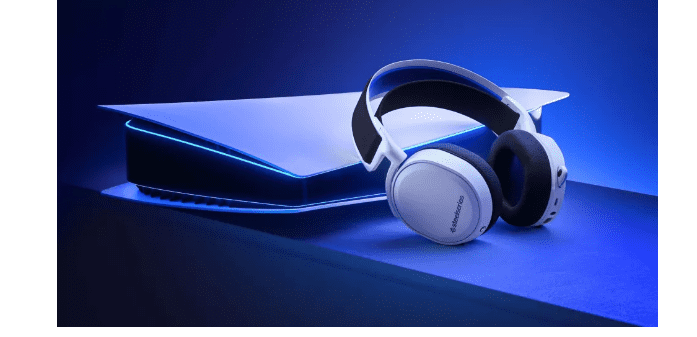
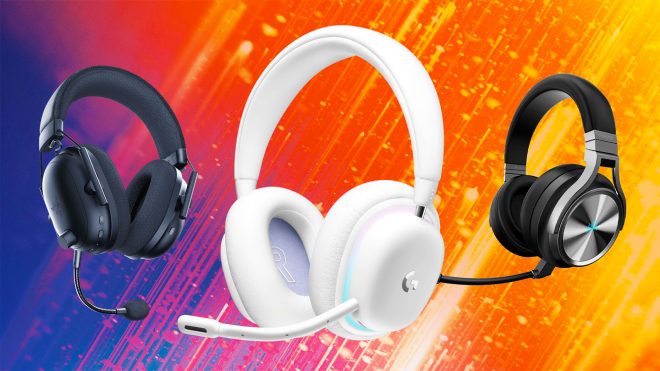







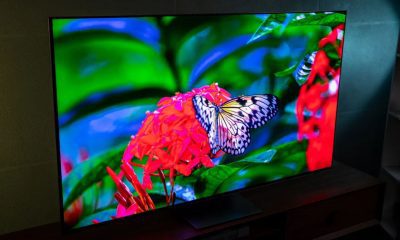



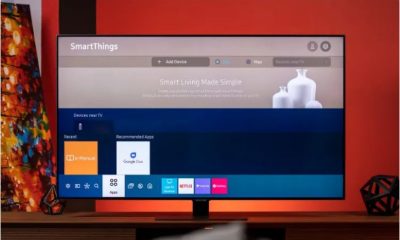

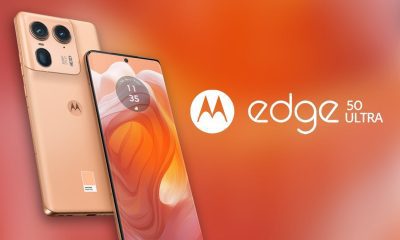

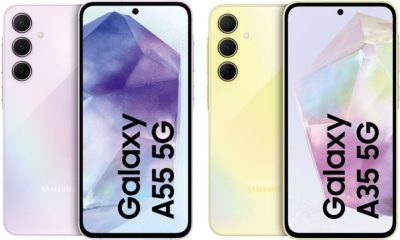















 The absence of any Blooming thanks to the precise control of light in the TV’s OLED panel
The absence of any Blooming thanks to the precise control of light in the TV’s OLED panel












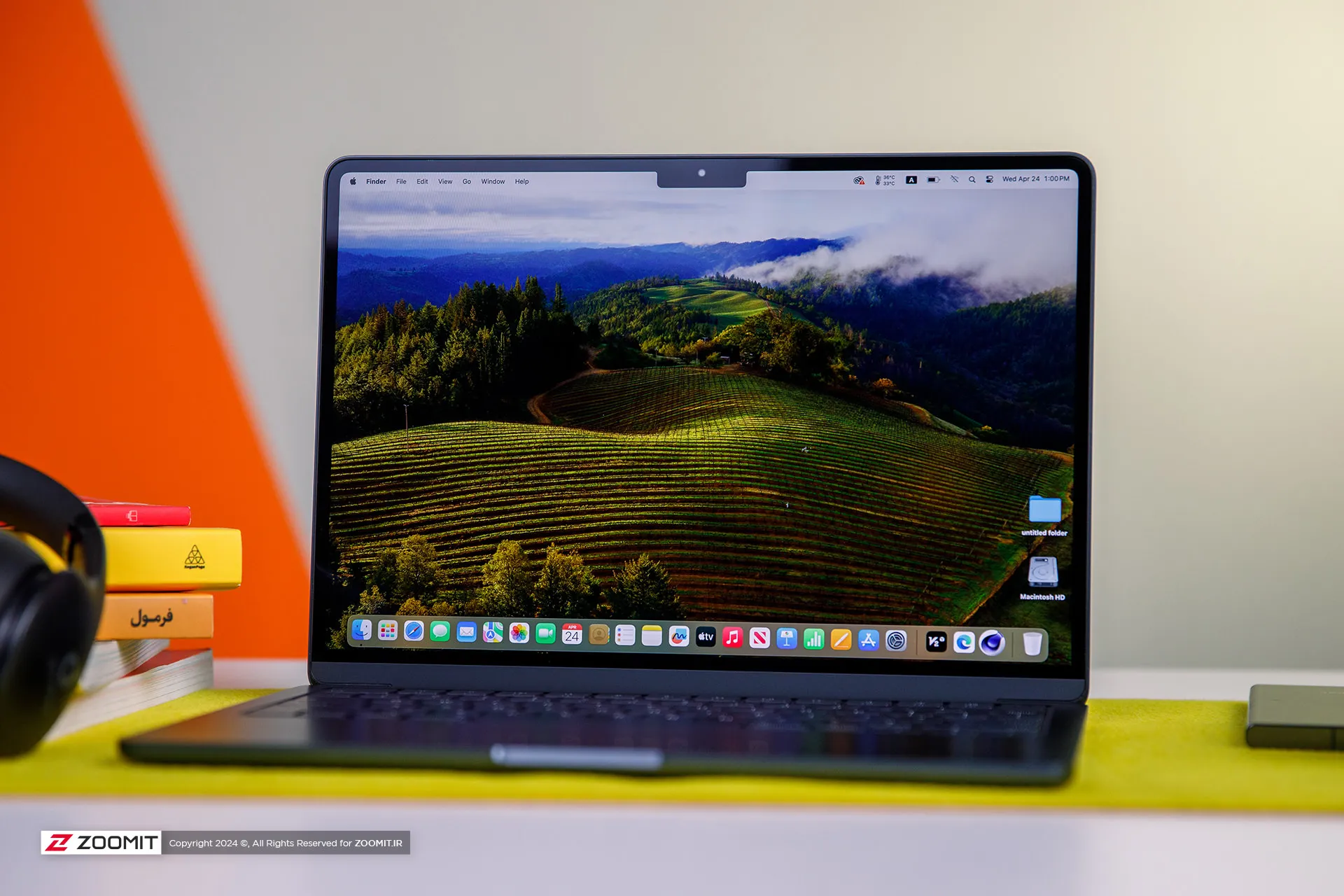
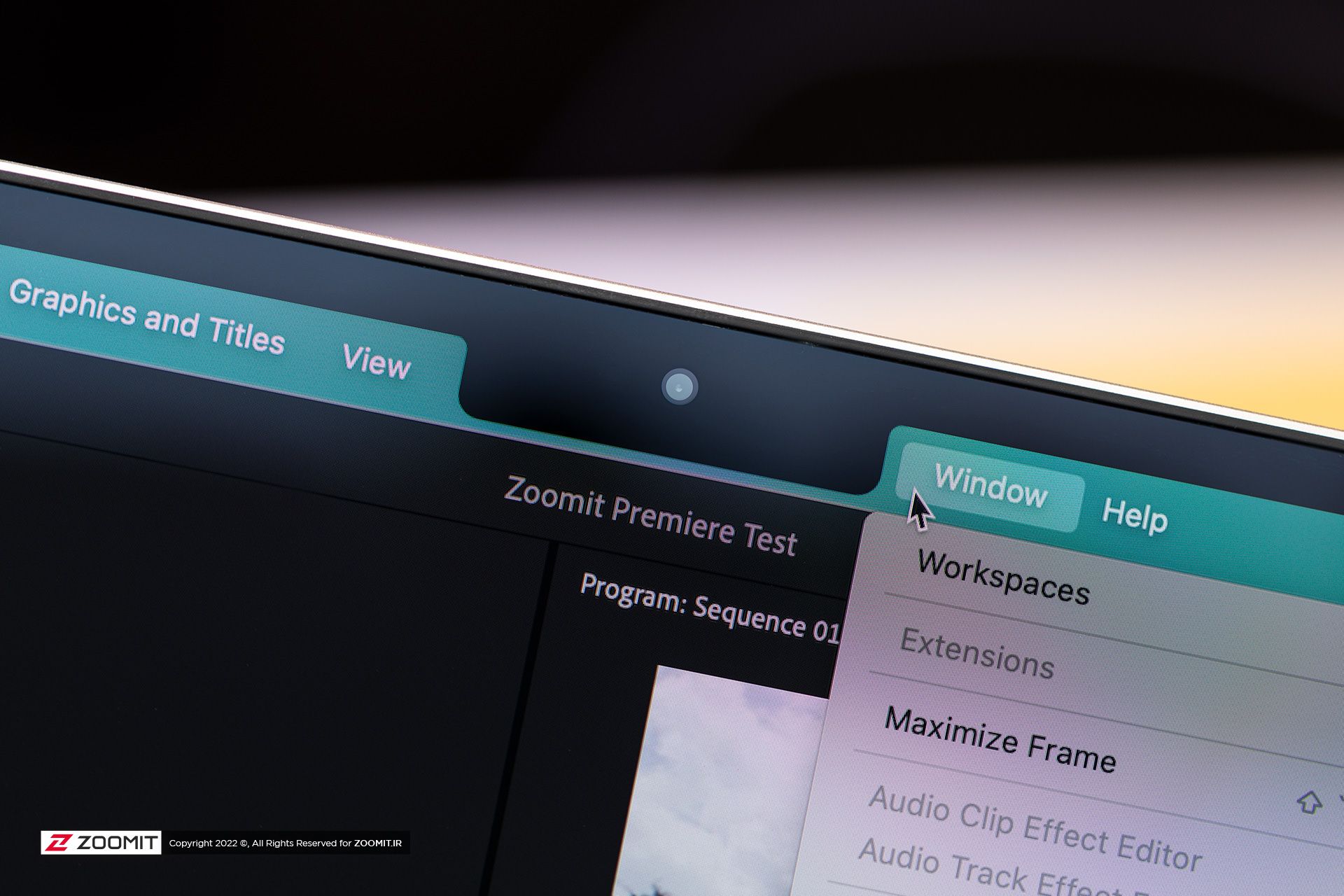
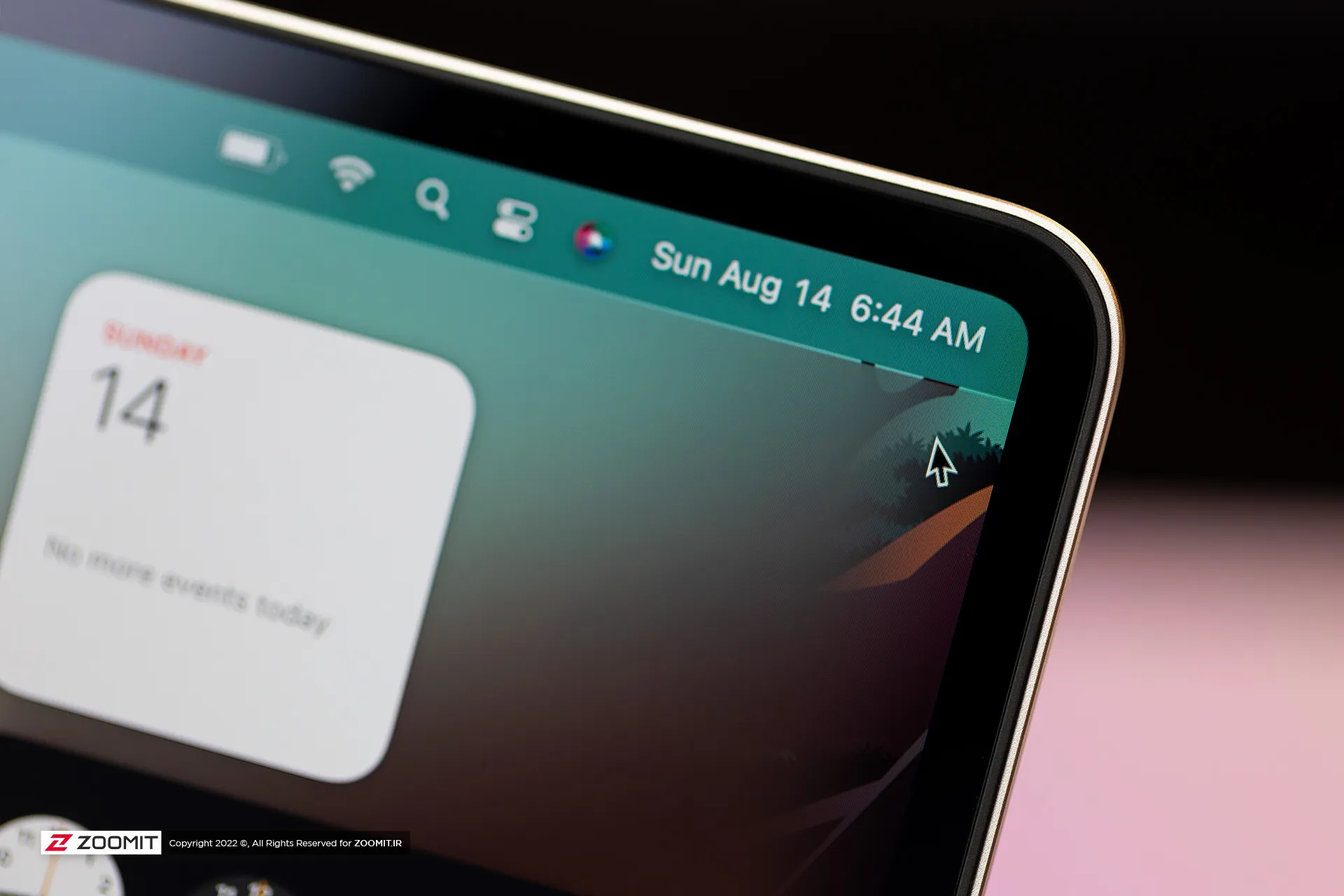
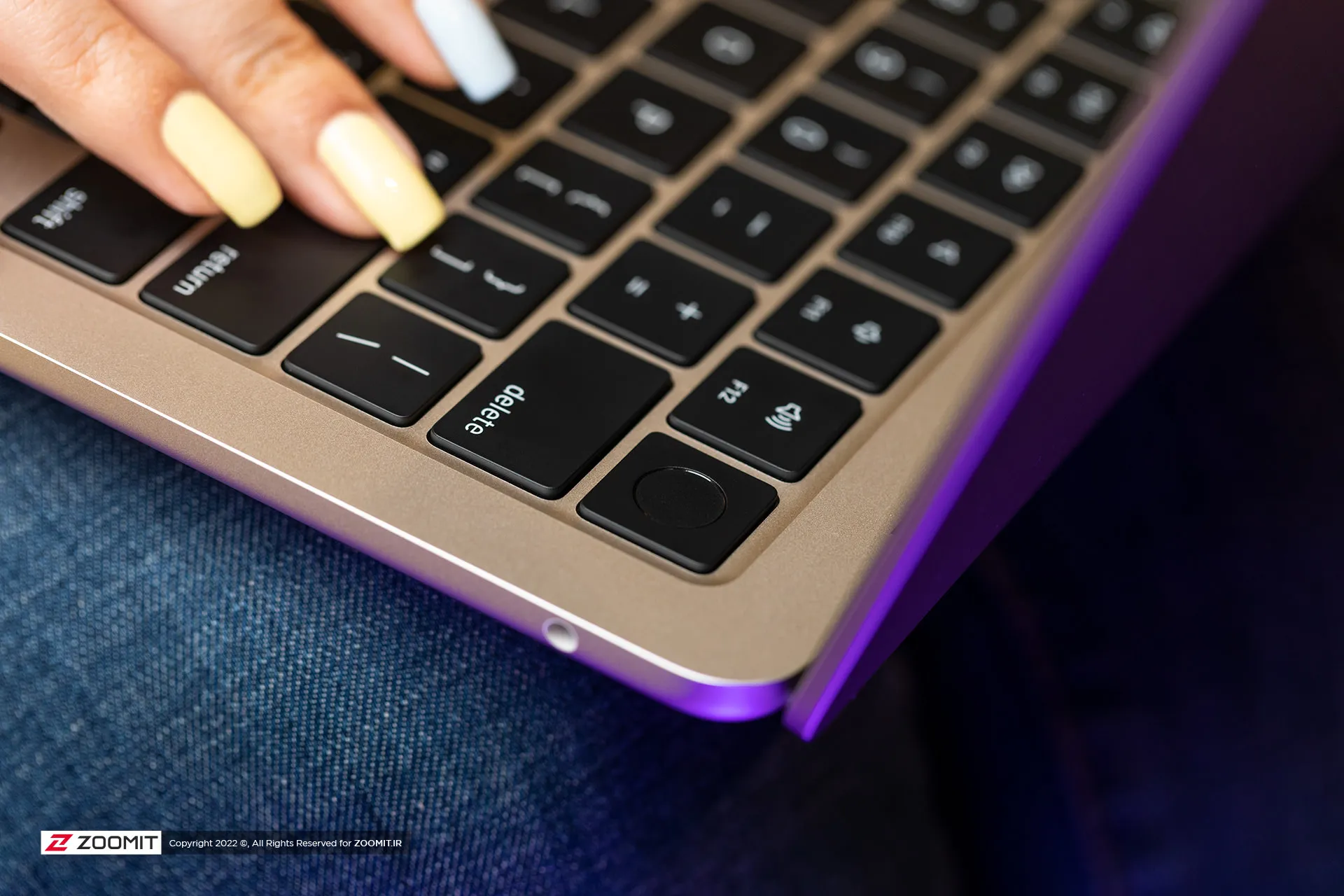
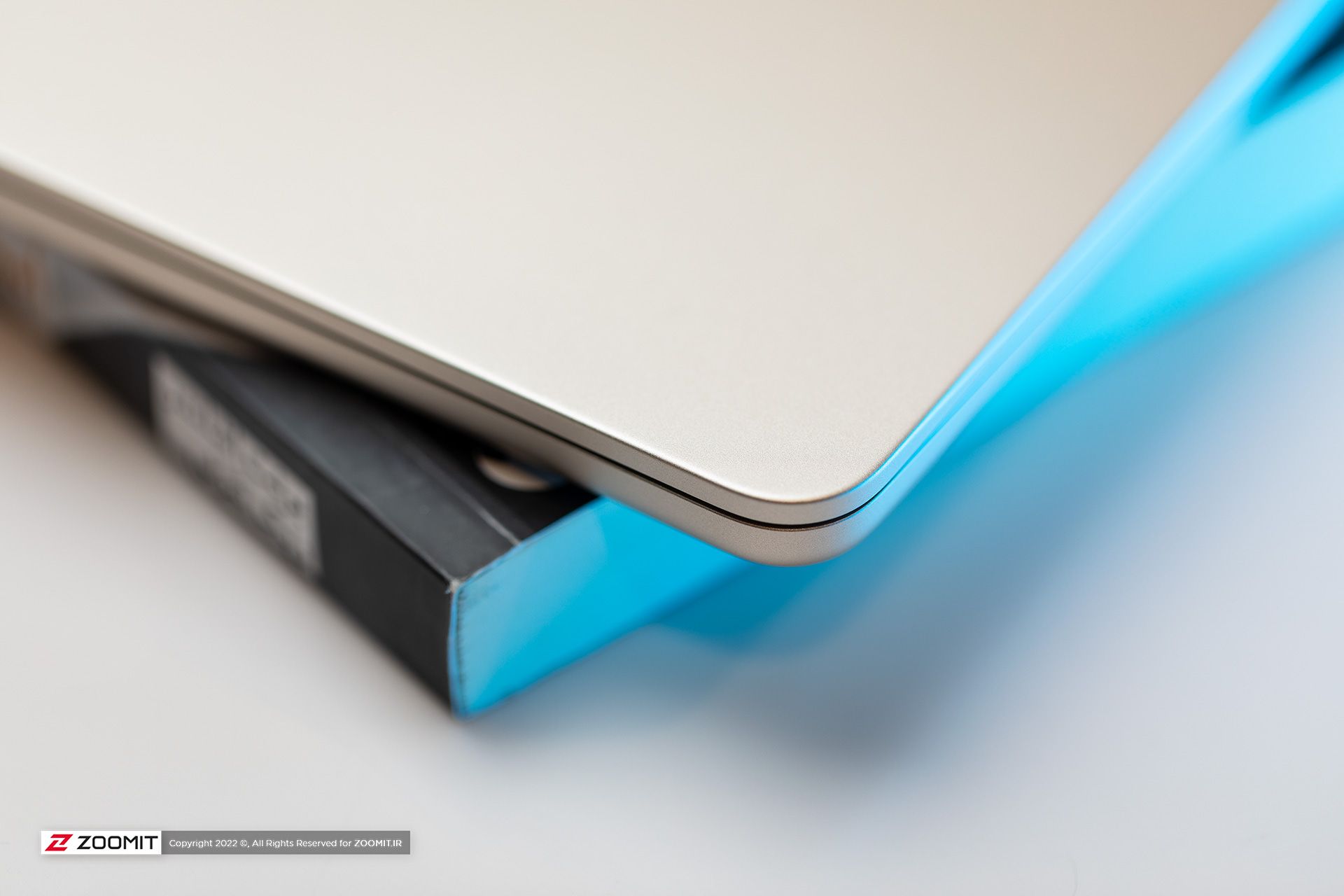
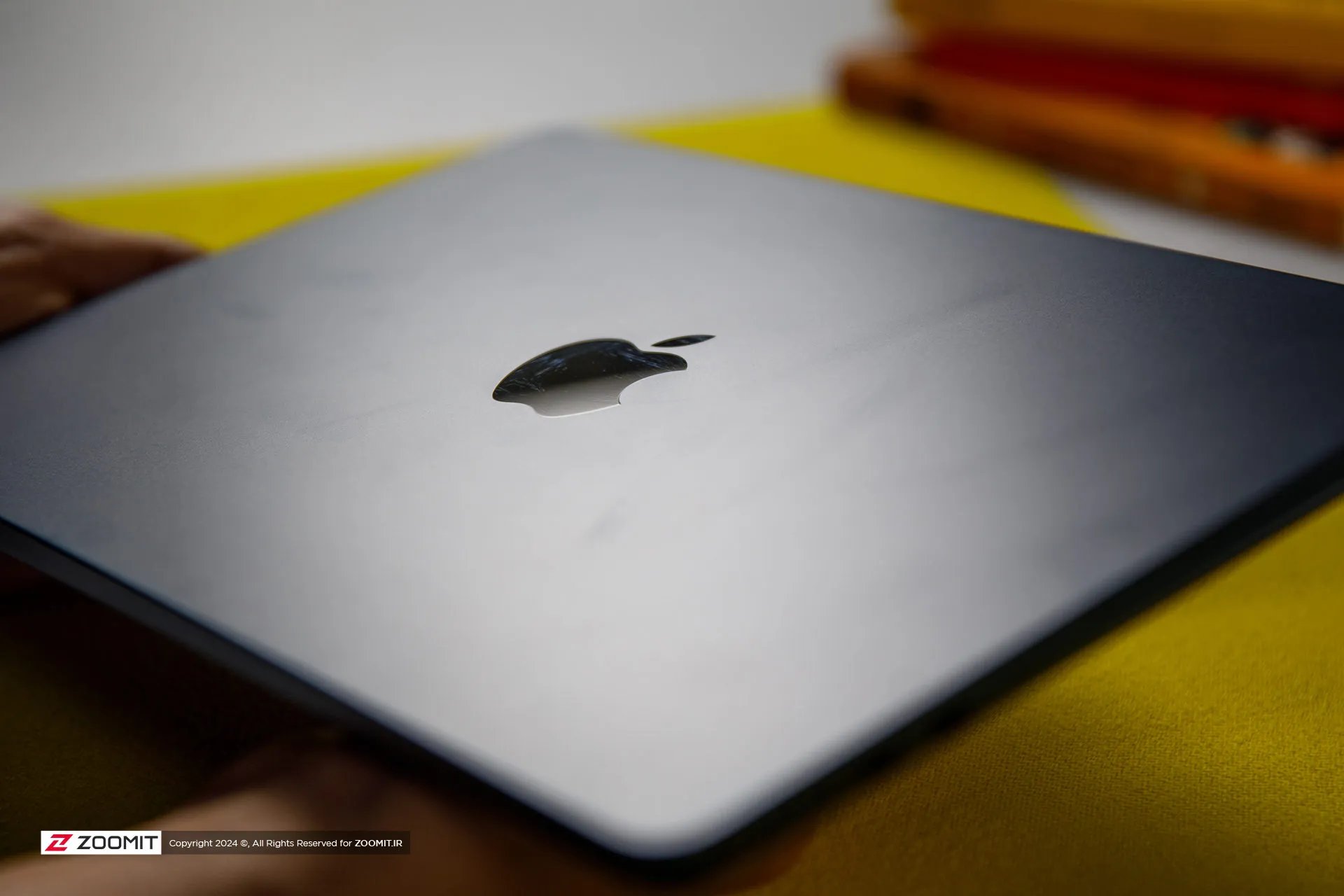 Grease and fingerprints on the laptop body
Grease and fingerprints on the laptop body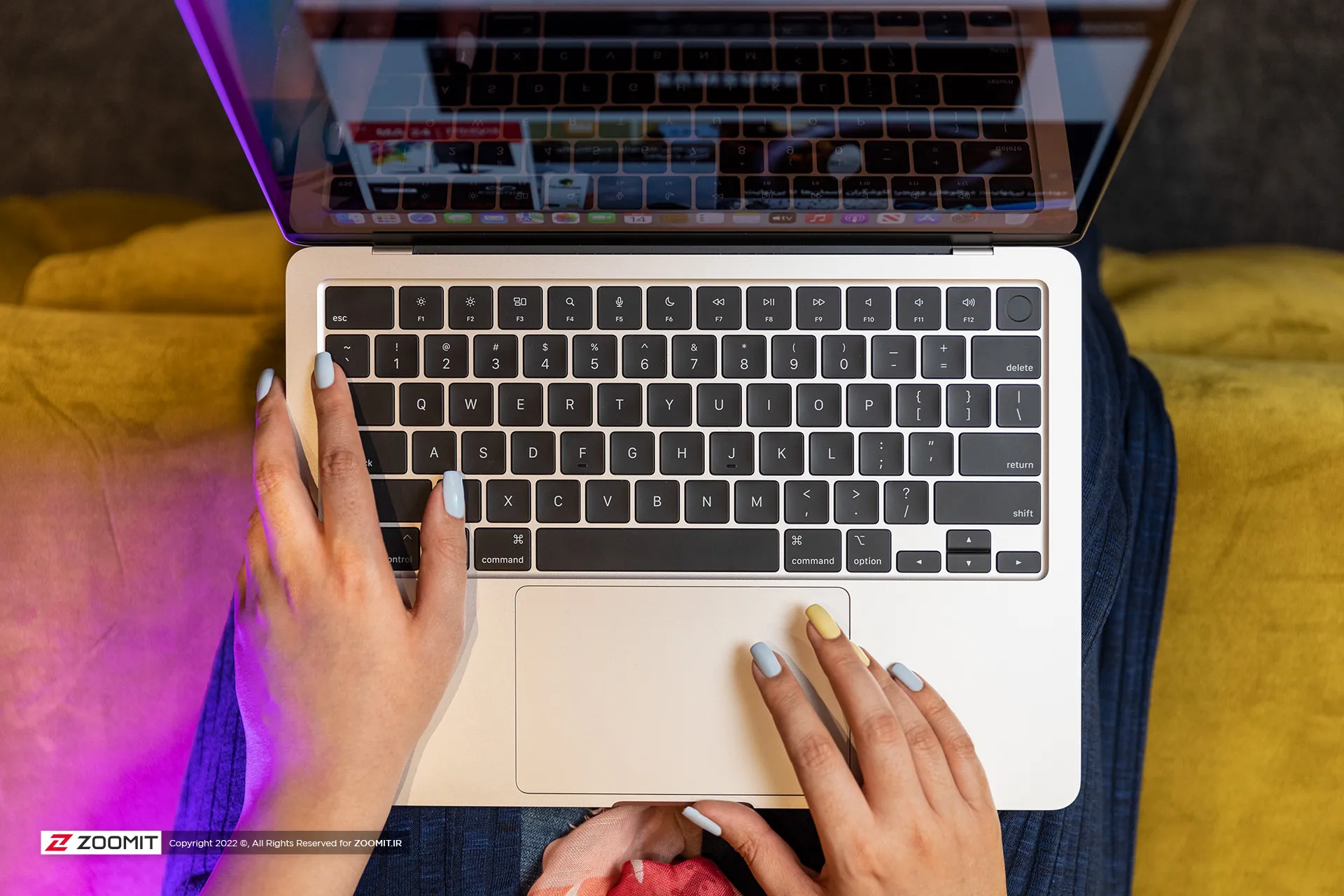 MacBook Air 2022
MacBook Air 2022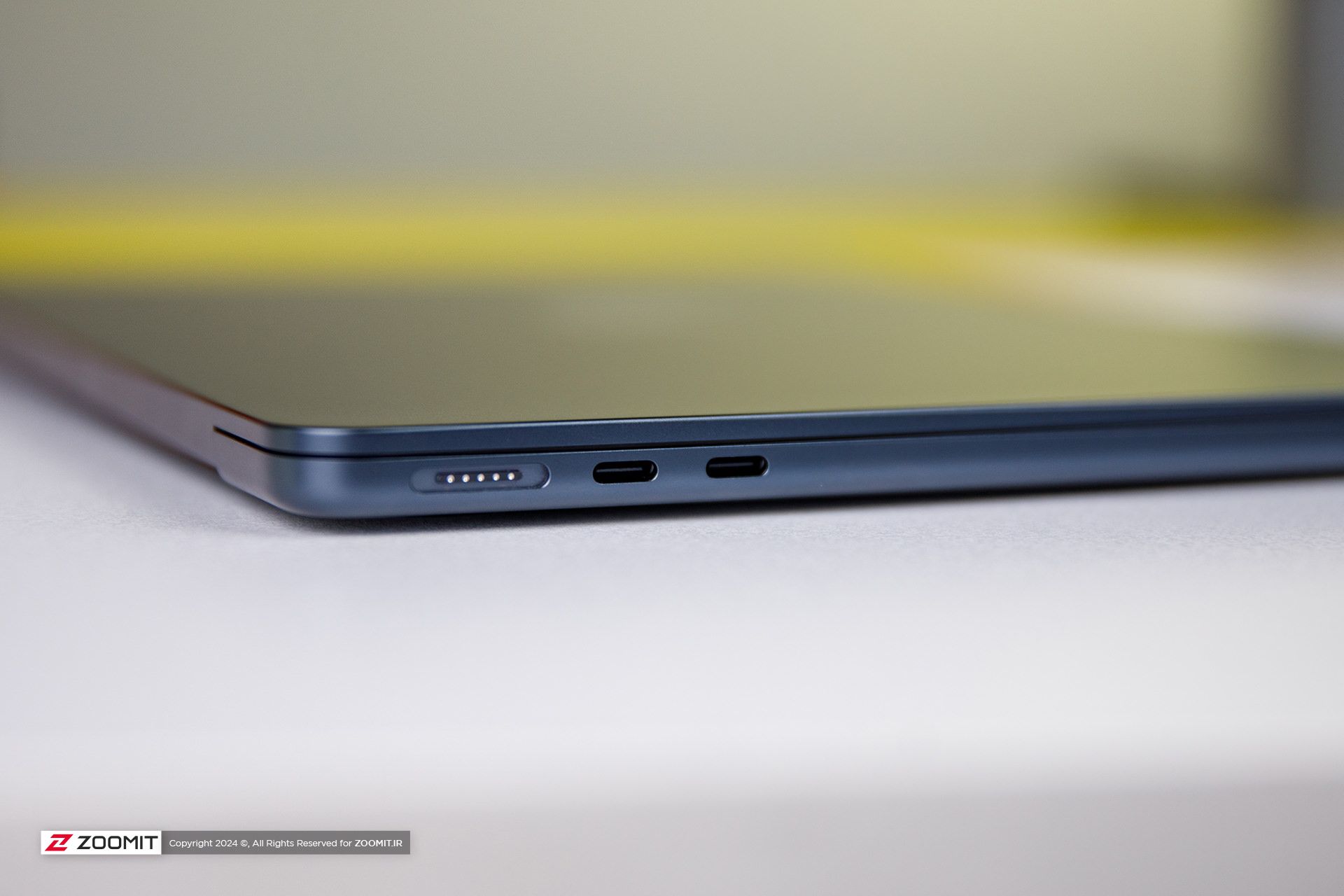
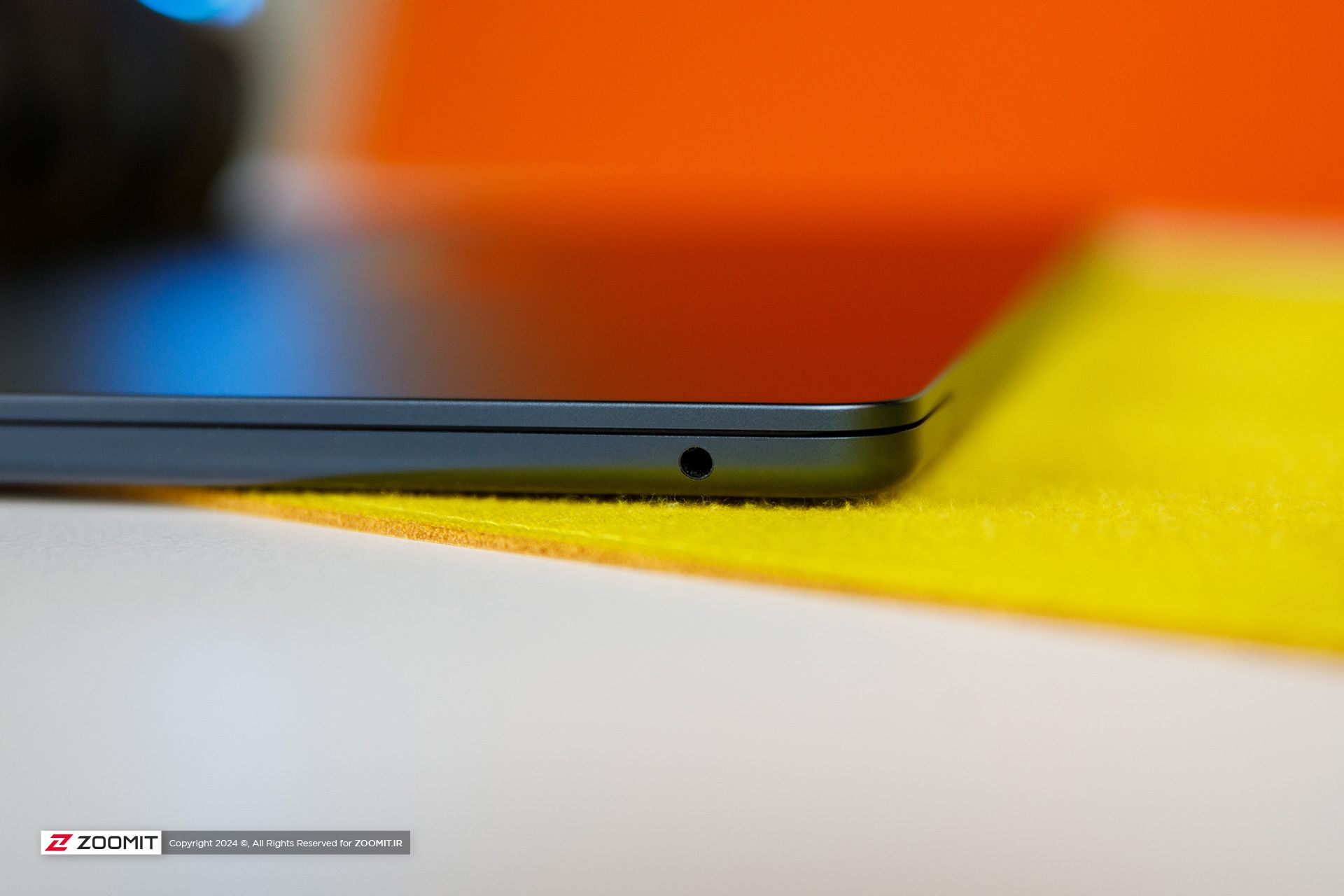
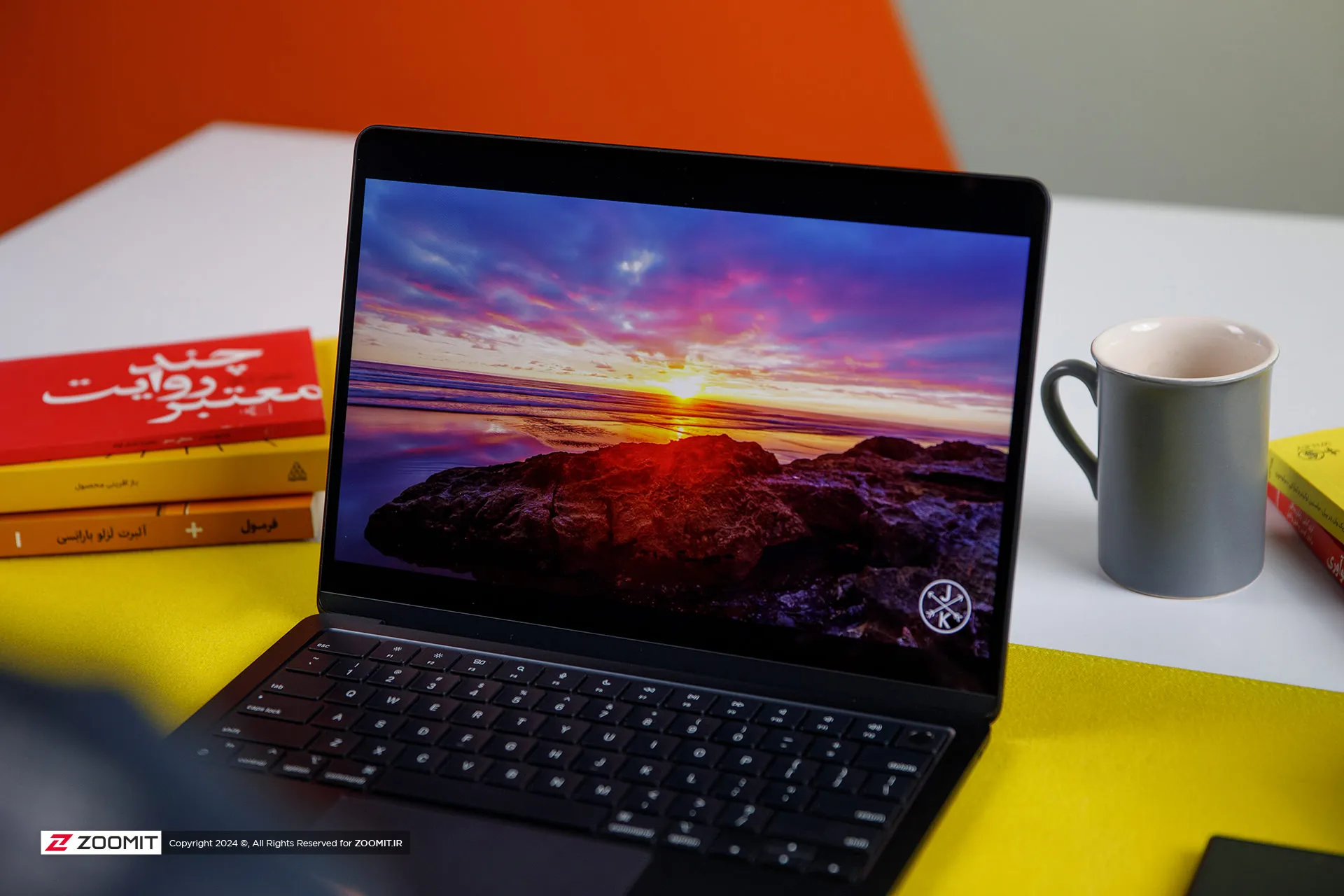
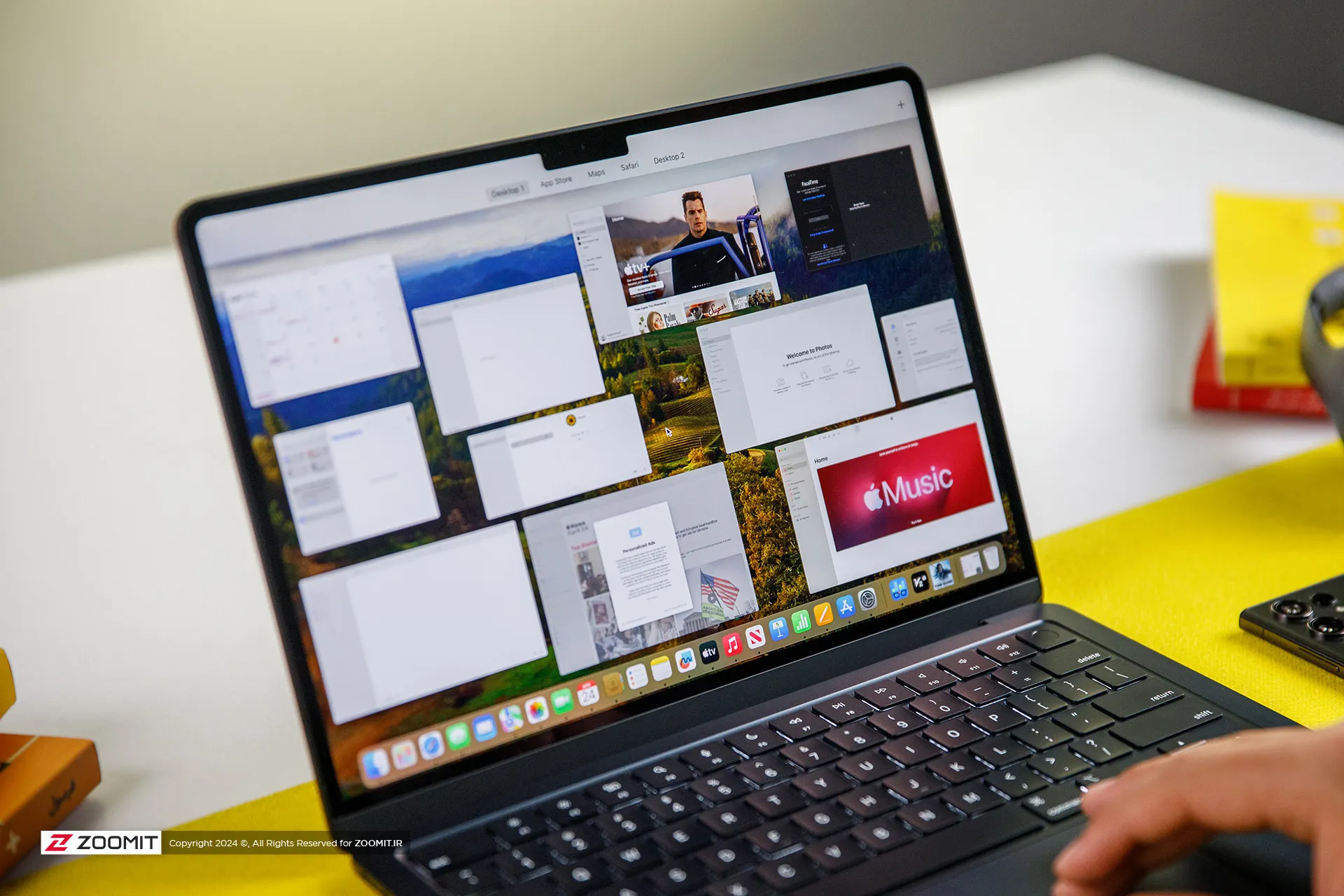
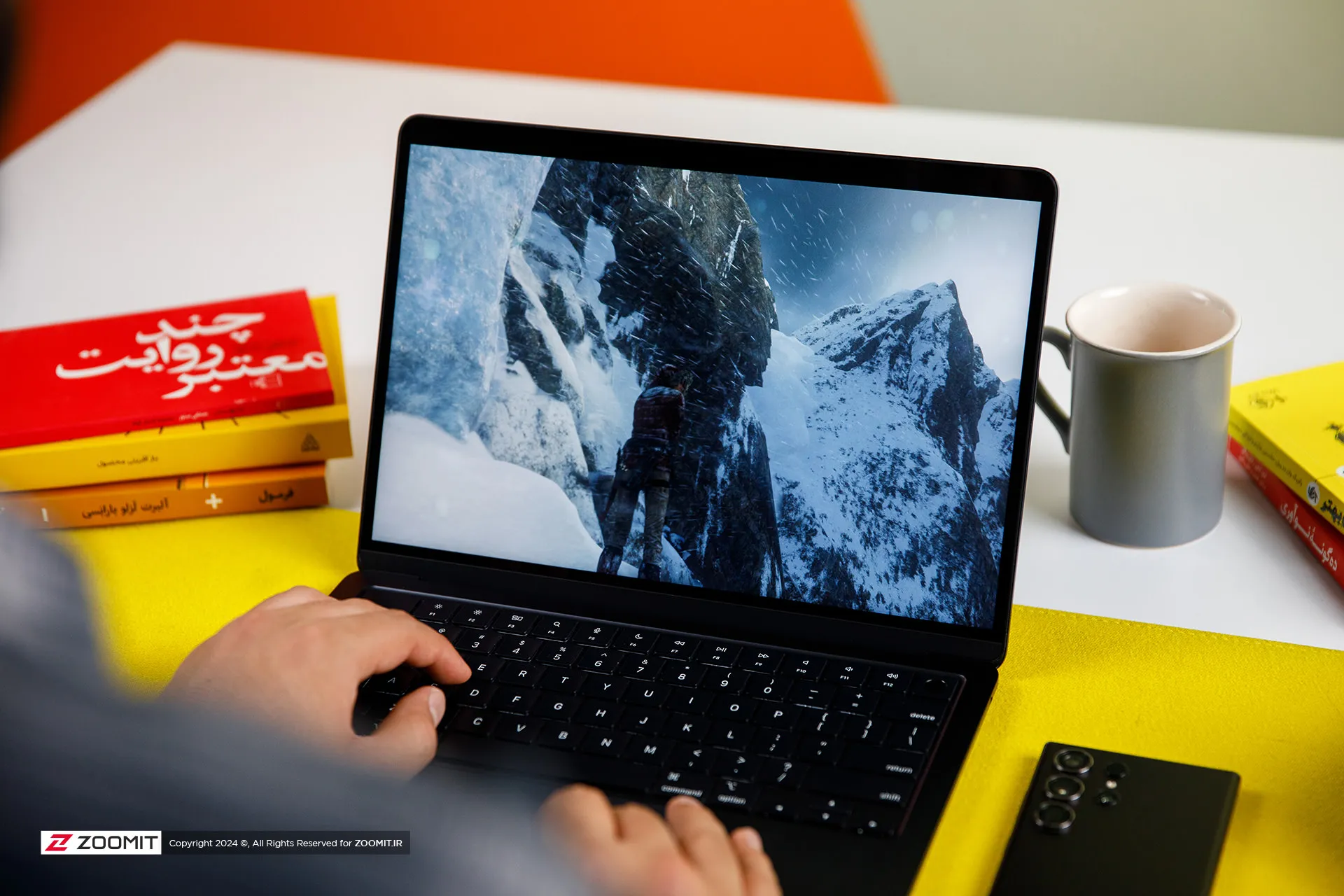
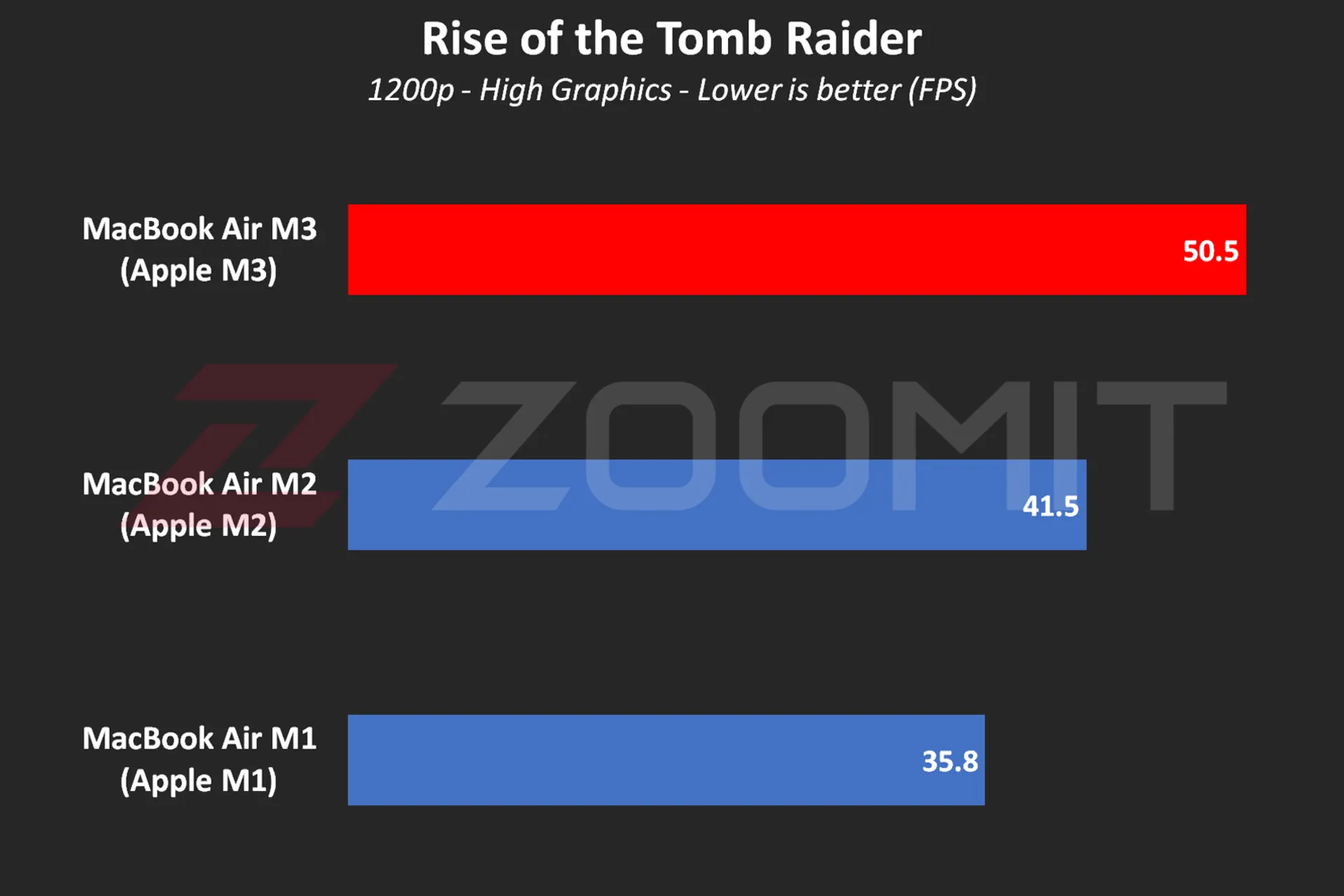 MacBook Air M3 performance while playing Rise of the Tomb Raider game
MacBook Air M3 performance while playing Rise of the Tomb Raider game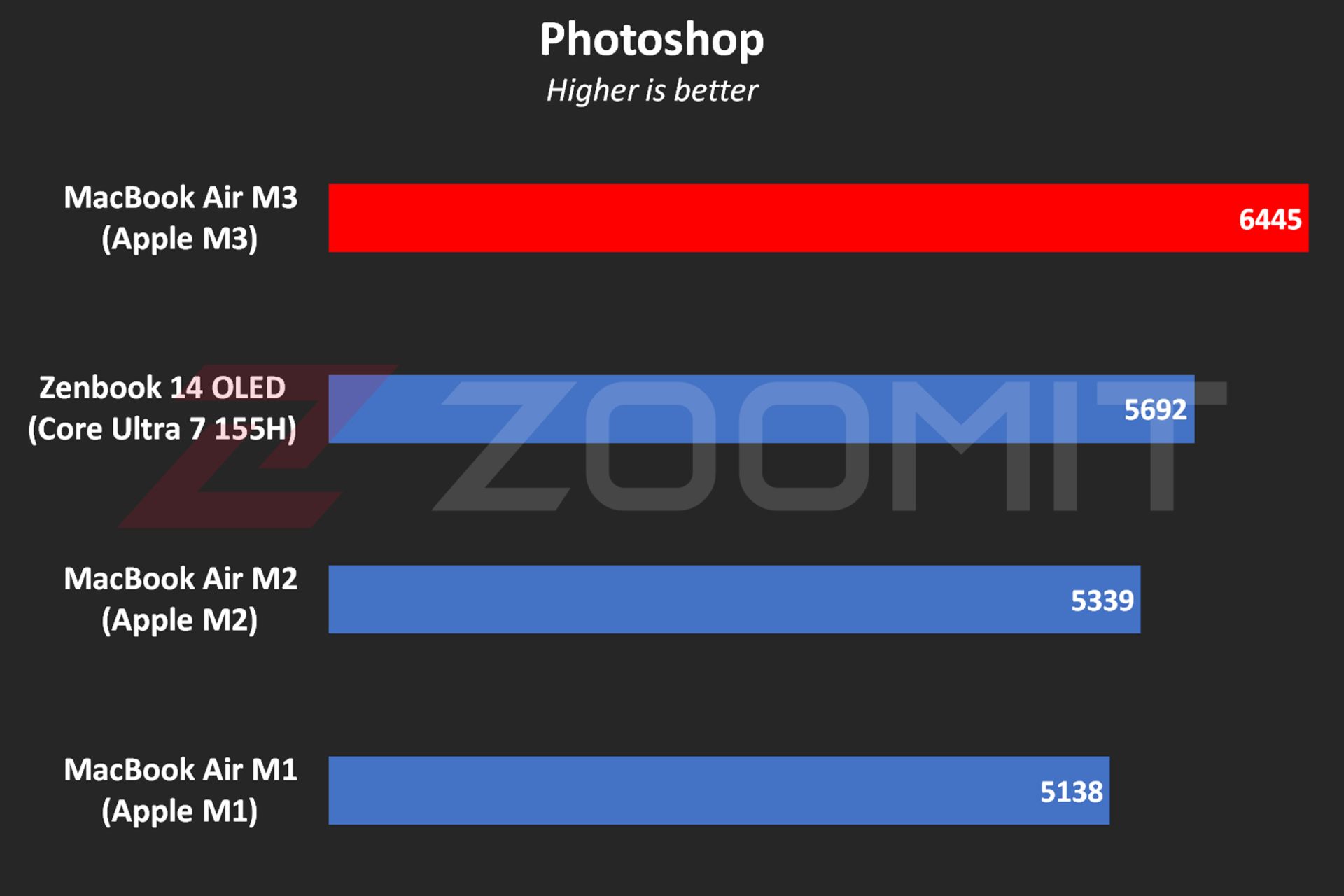 MacBook Air M3 performance in Photoshop software
MacBook Air M3 performance in Photoshop software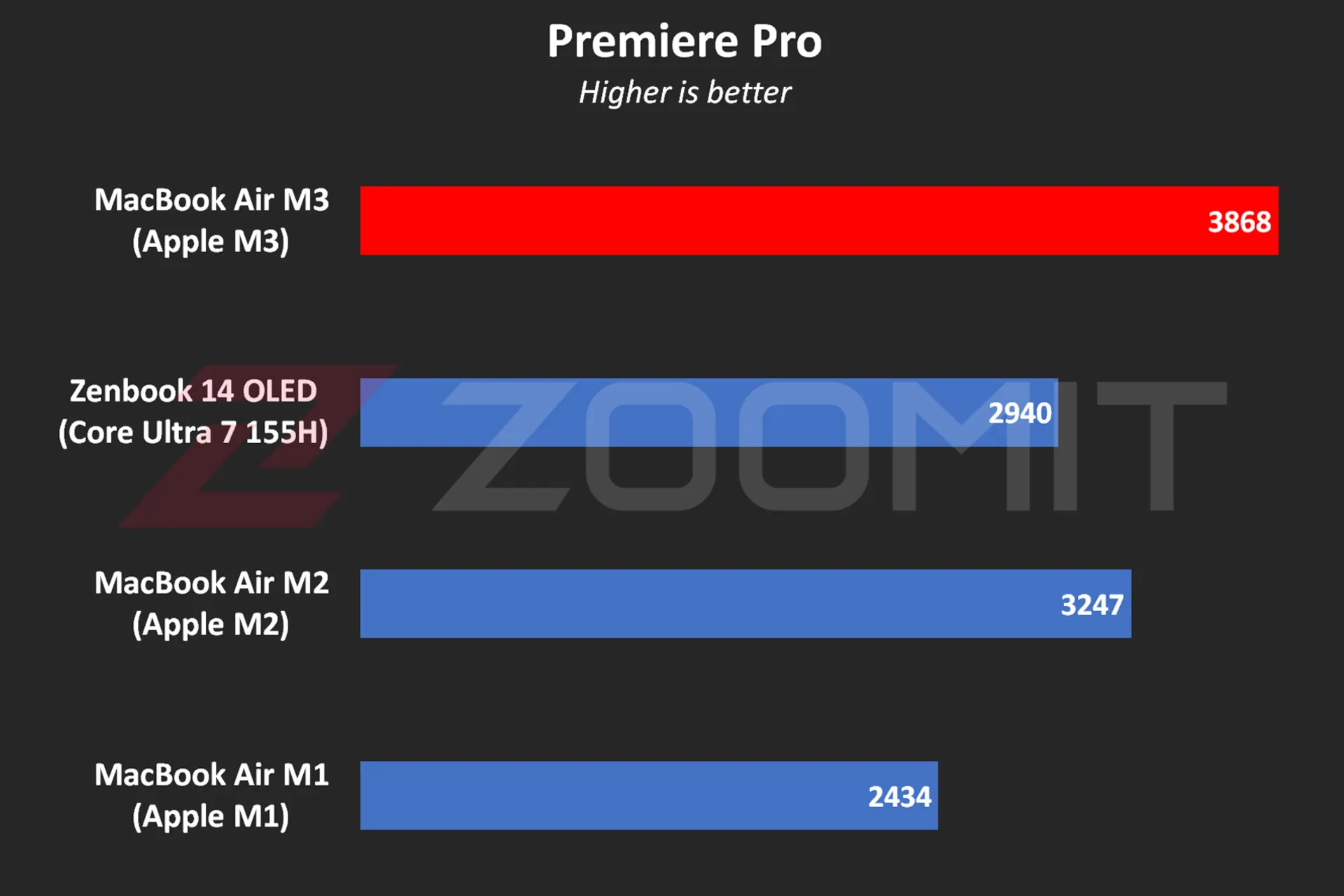 Performance of MacBook Air M3 in Premier Pro software
Performance of MacBook Air M3 in Premier Pro software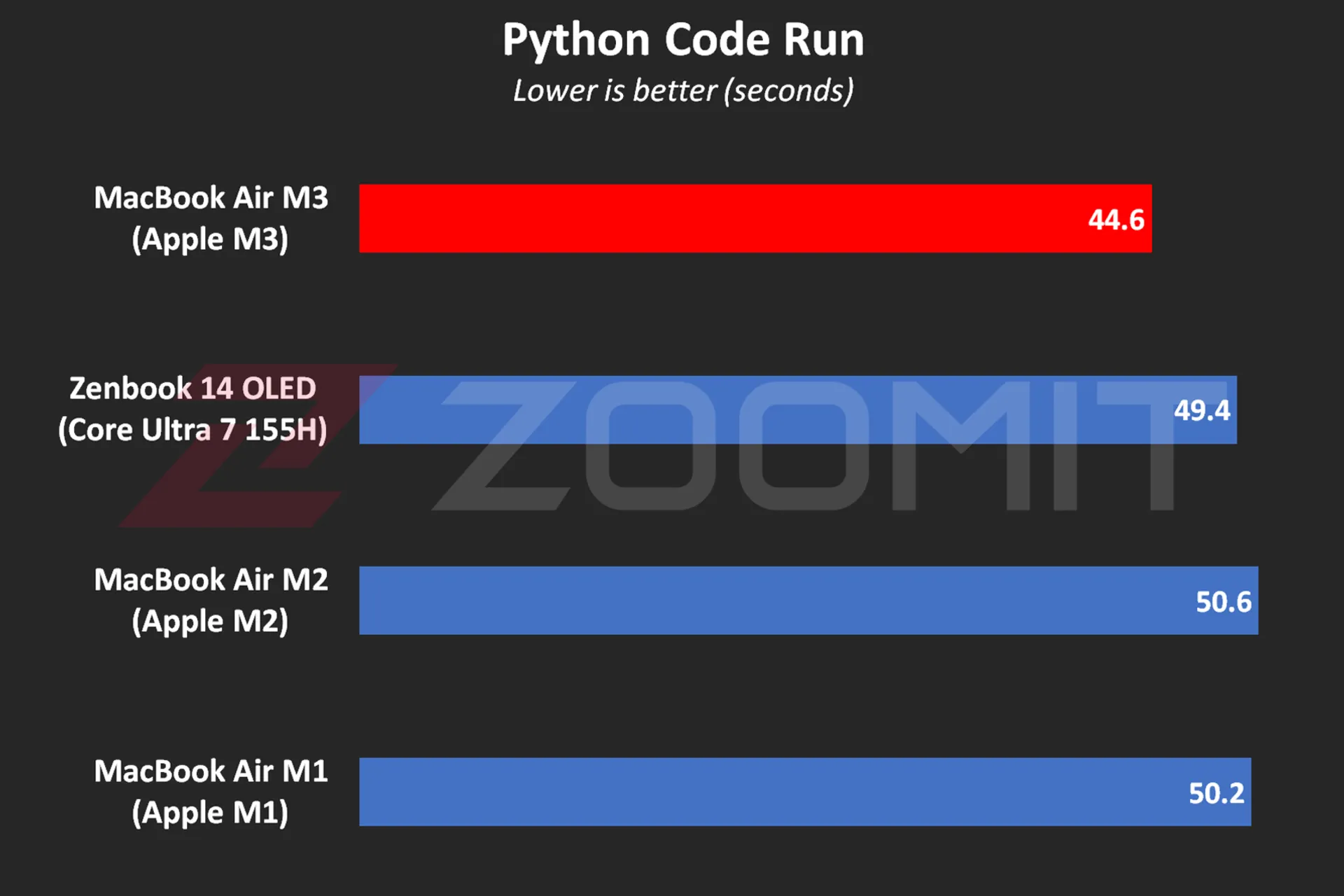 MacBook Air M3 performance while running Python code
MacBook Air M3 performance while running Python code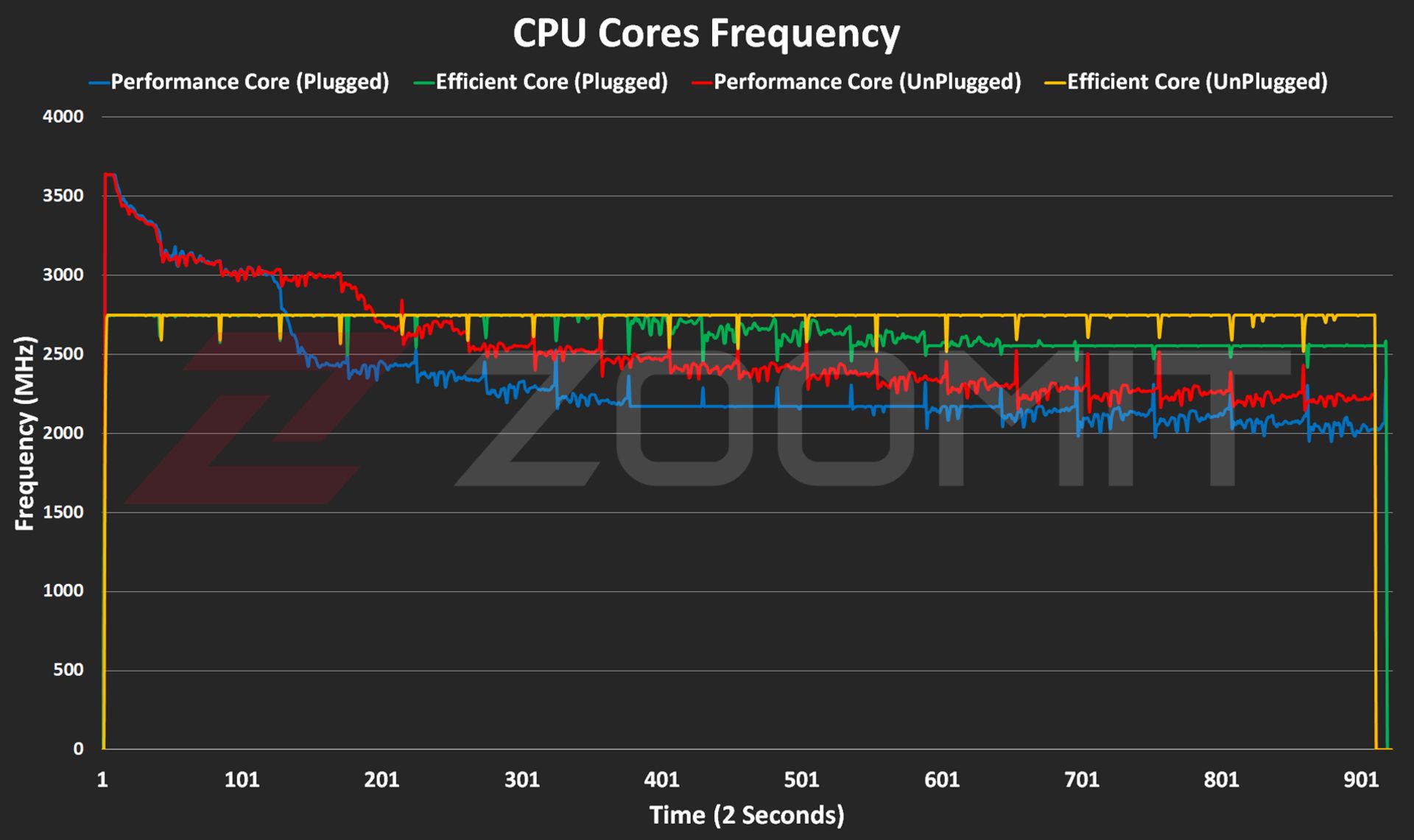 CPU frequency in MacBook Air M3
CPU frequency in MacBook Air M3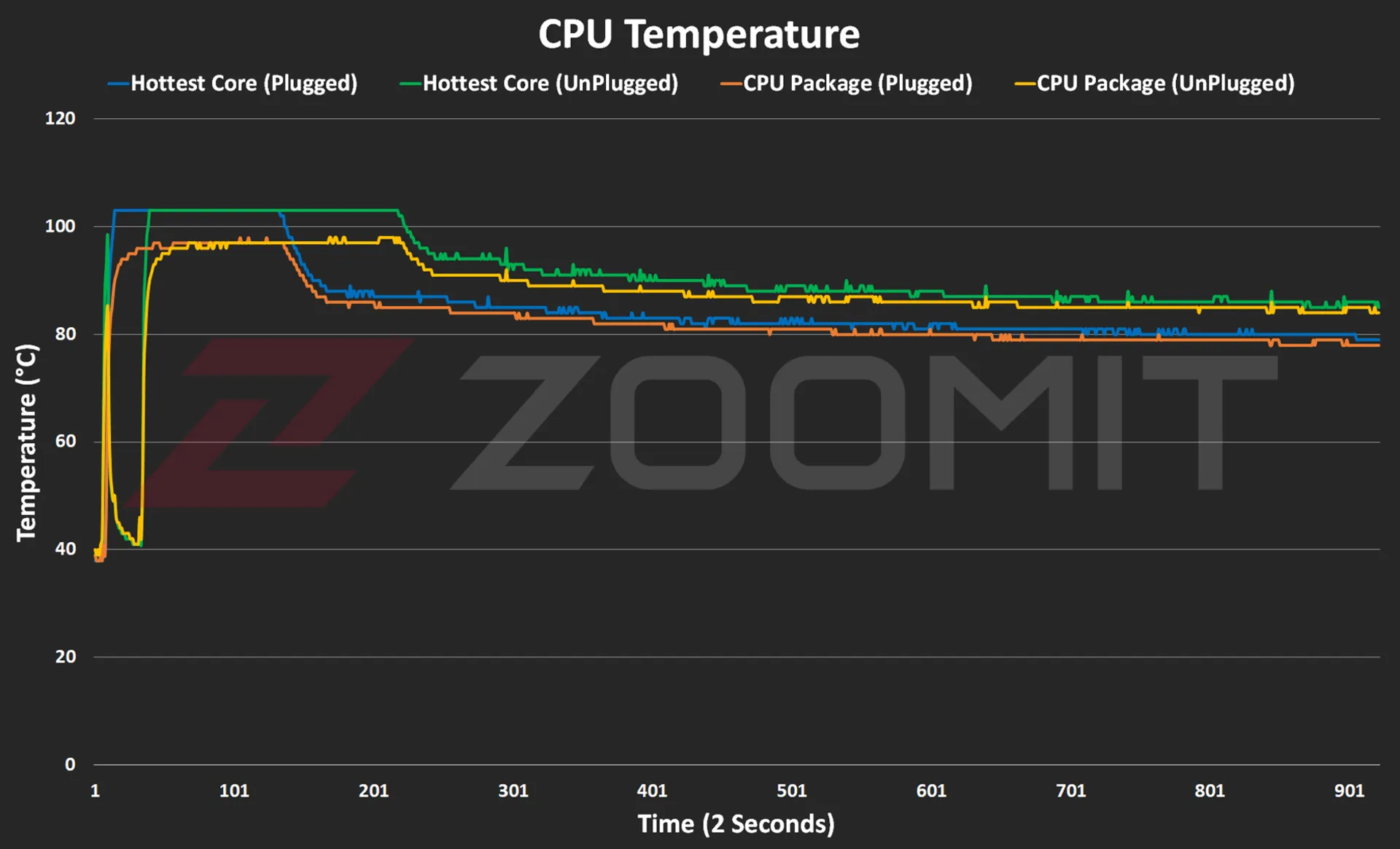 CPU temperature on MacBook Air M3
CPU temperature on MacBook Air M3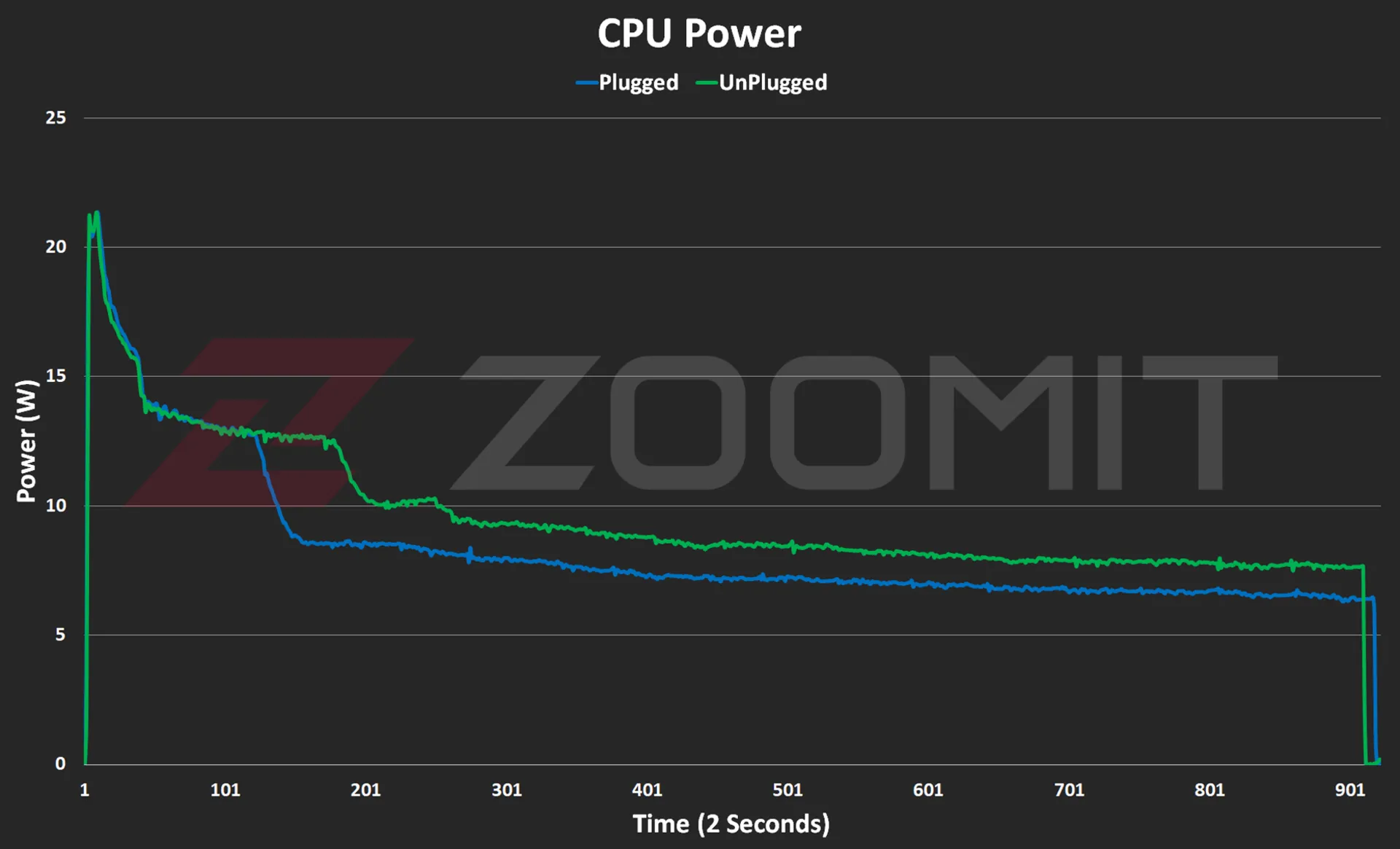 CPU consumption in MacBook Air M3
CPU consumption in MacBook Air M3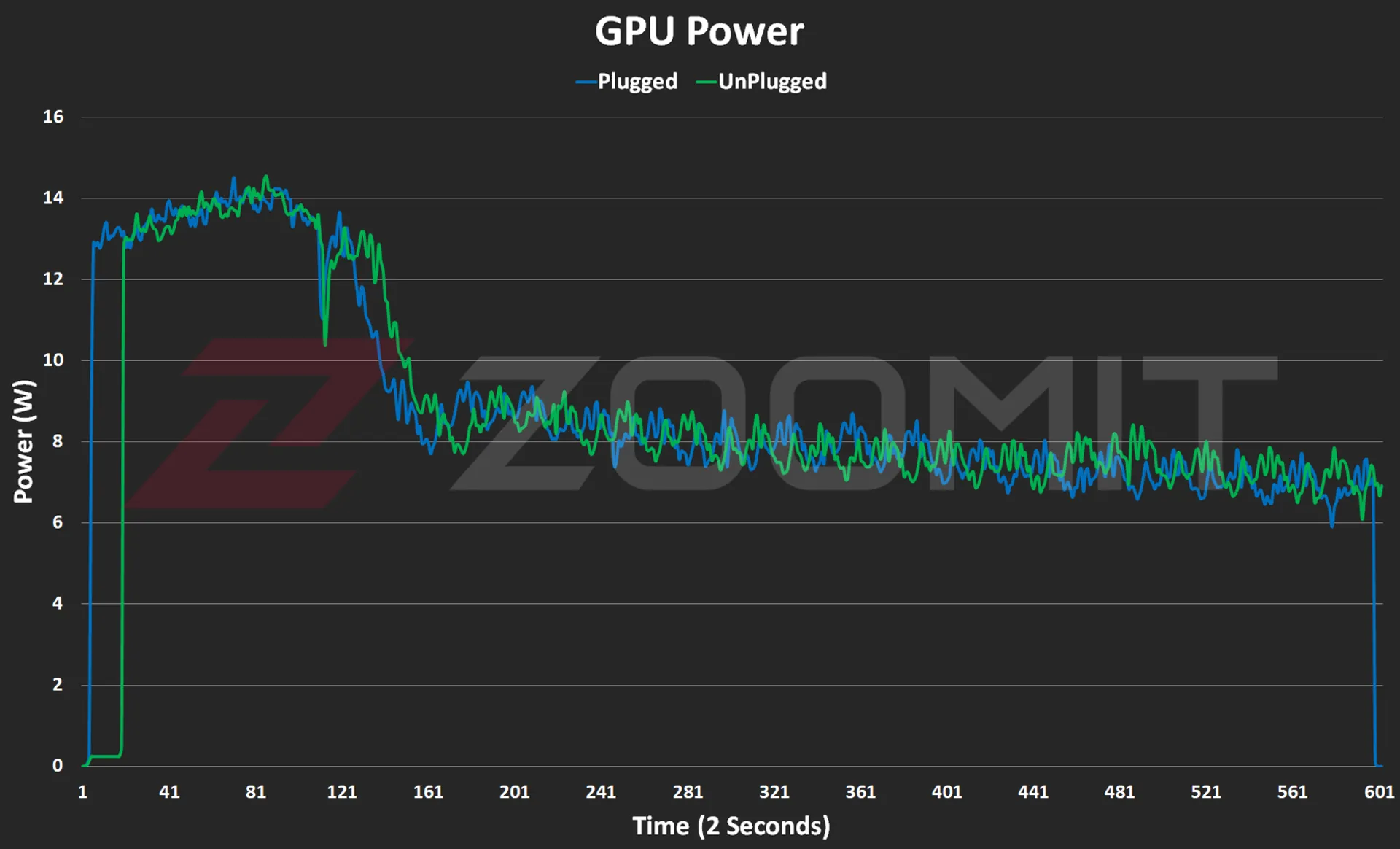 GPU consumption in MacBook Air M3
GPU consumption in MacBook Air M3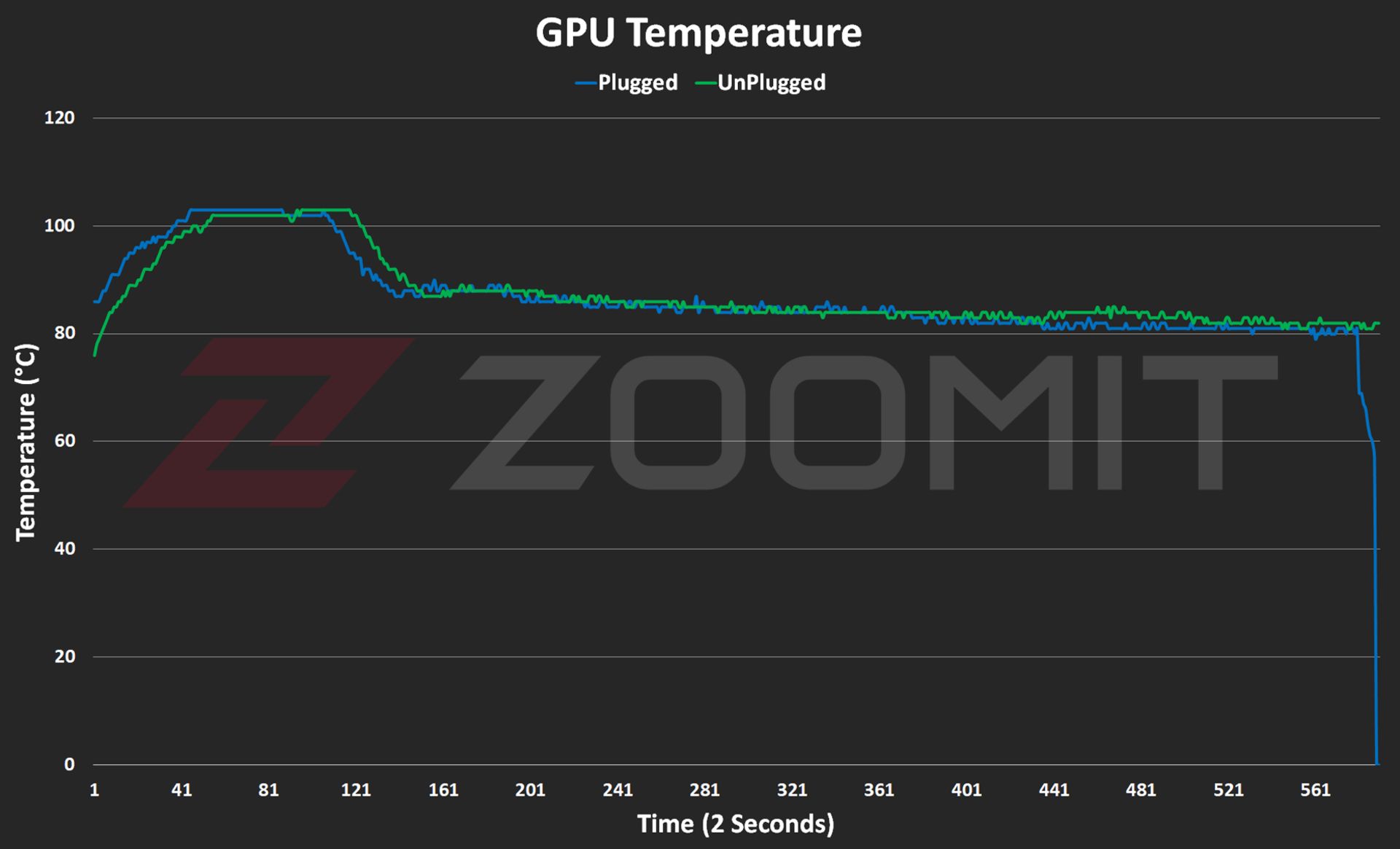
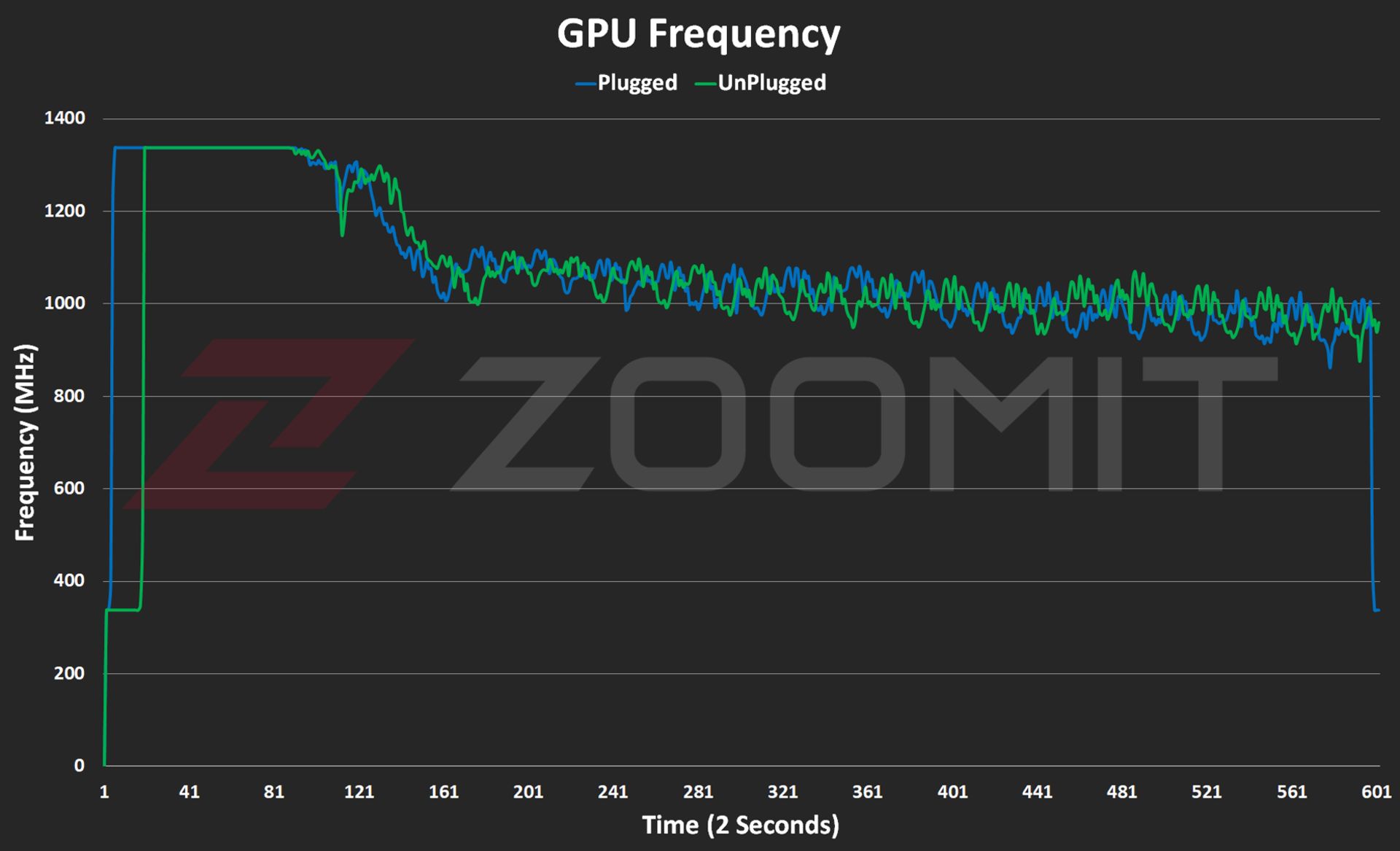
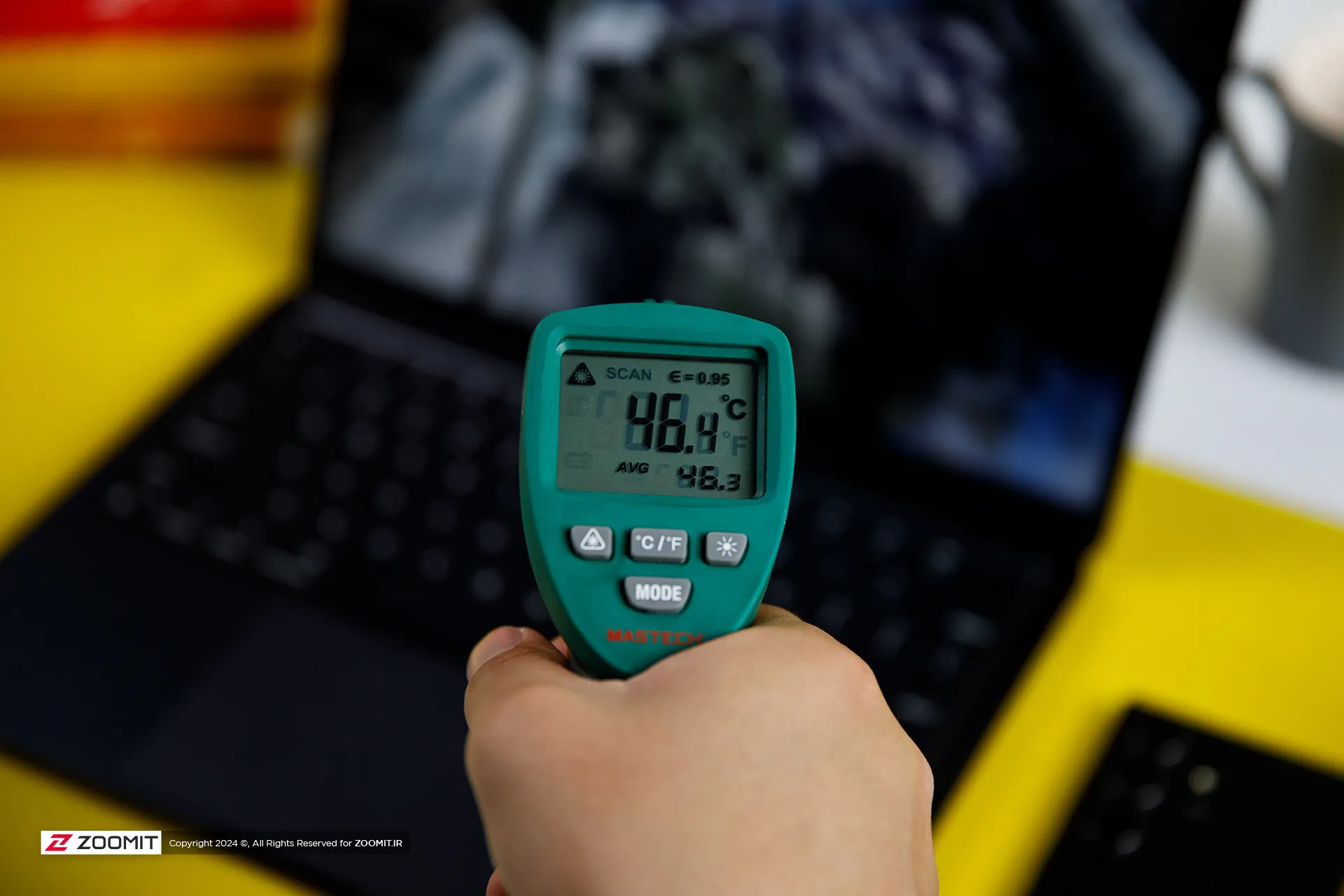
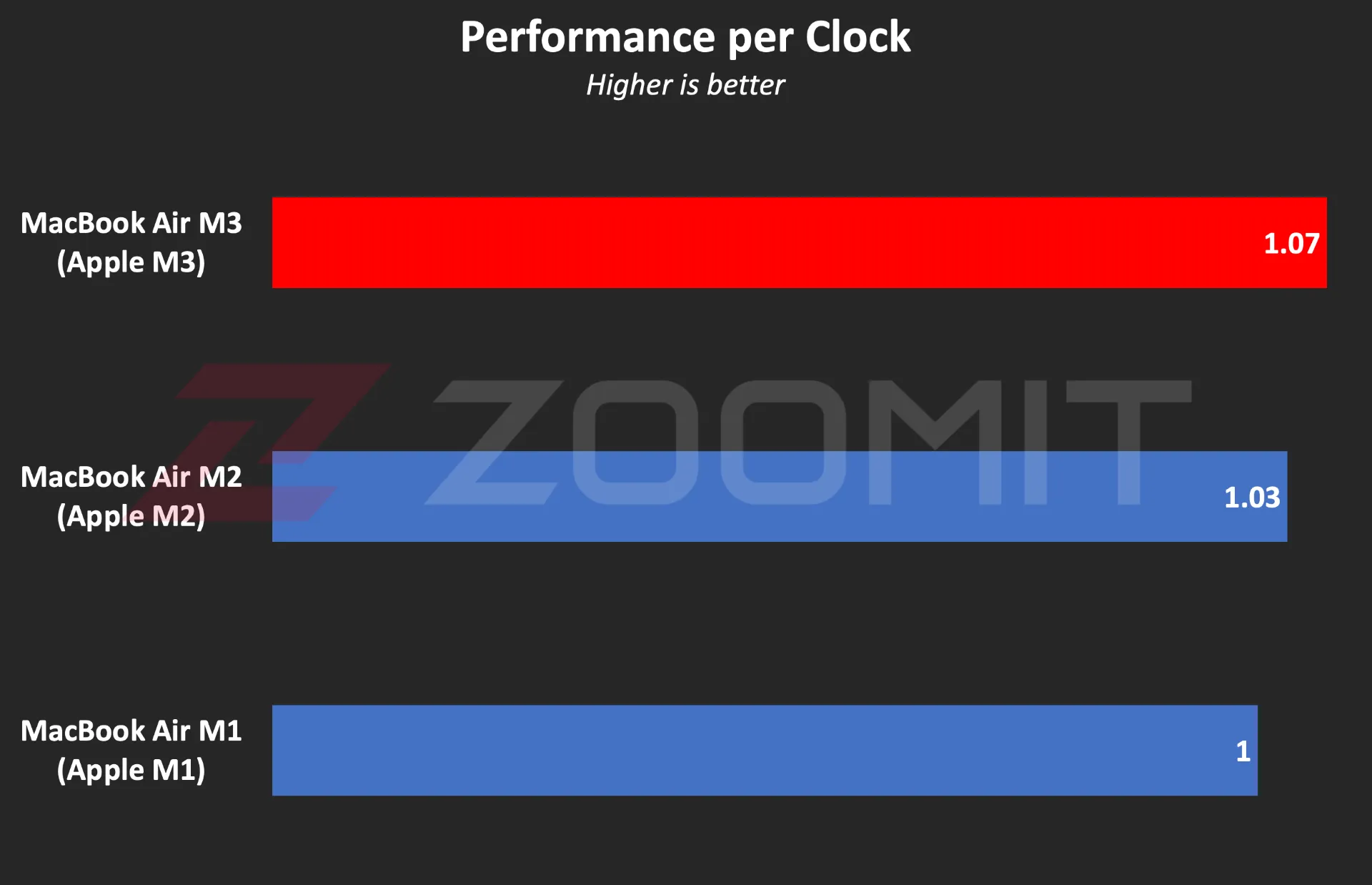 Ratio of performance to CPU frequency
Ratio of performance to CPU frequency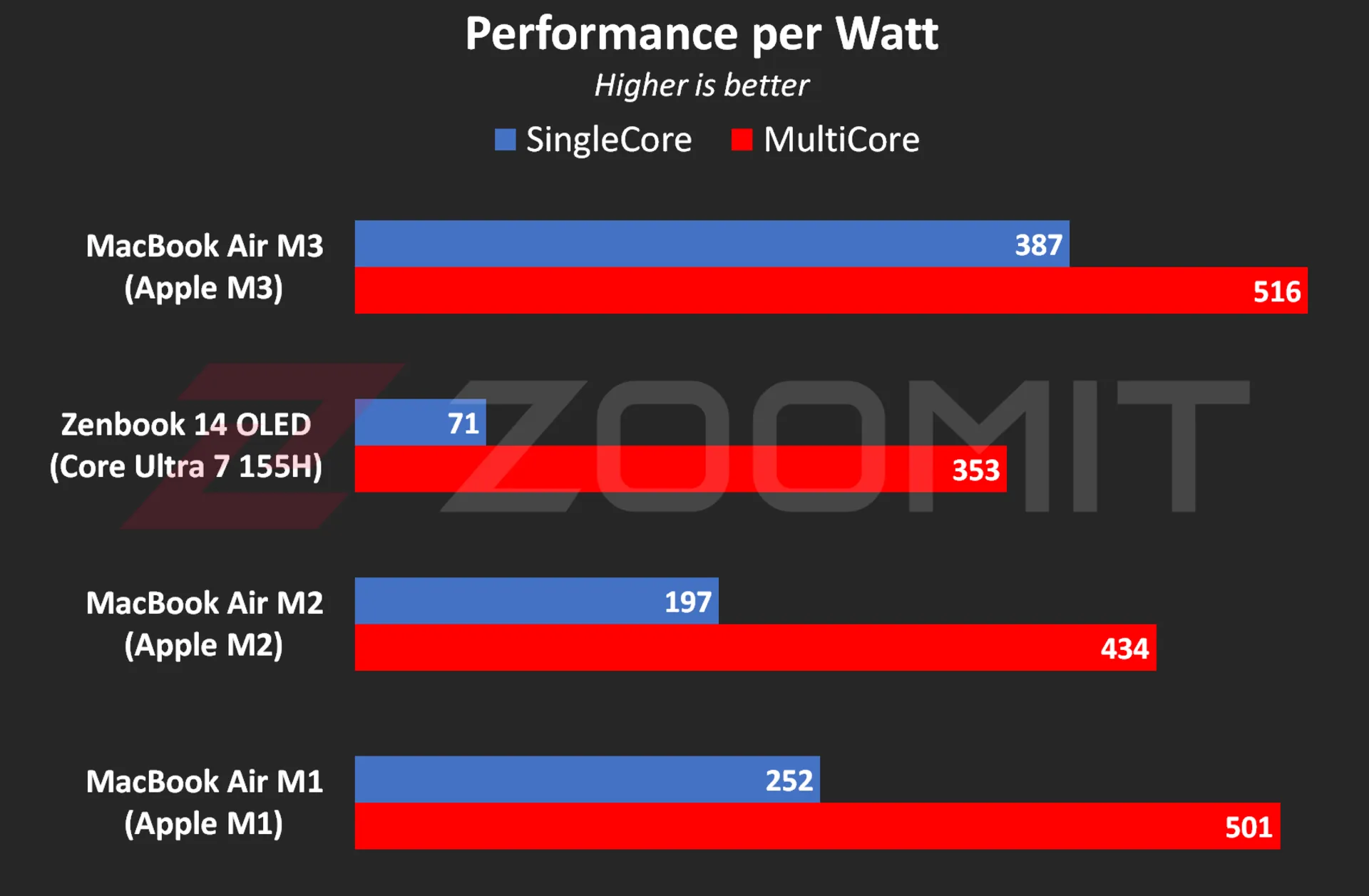 The ratio of performance to CPU power consumption
The ratio of performance to CPU power consumption